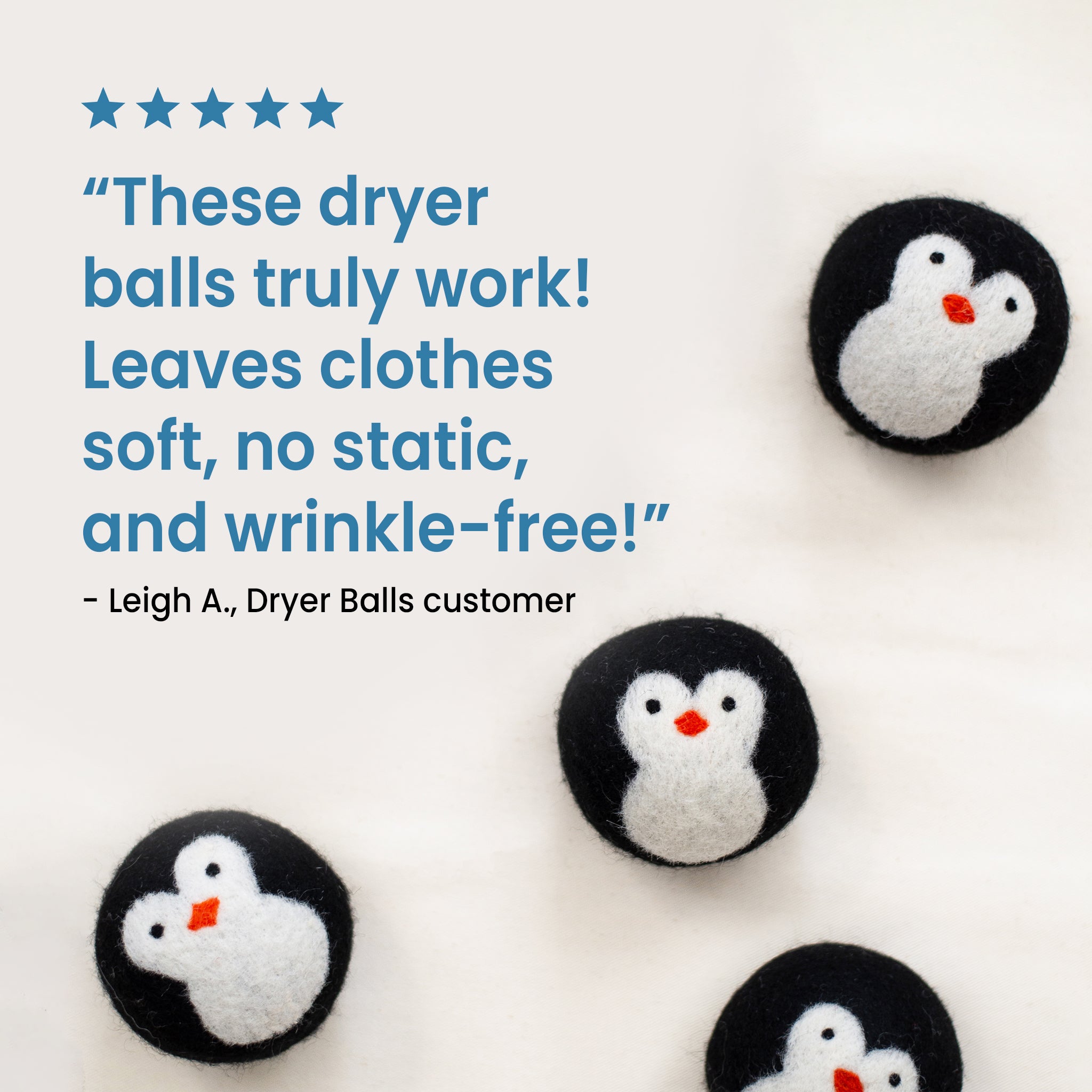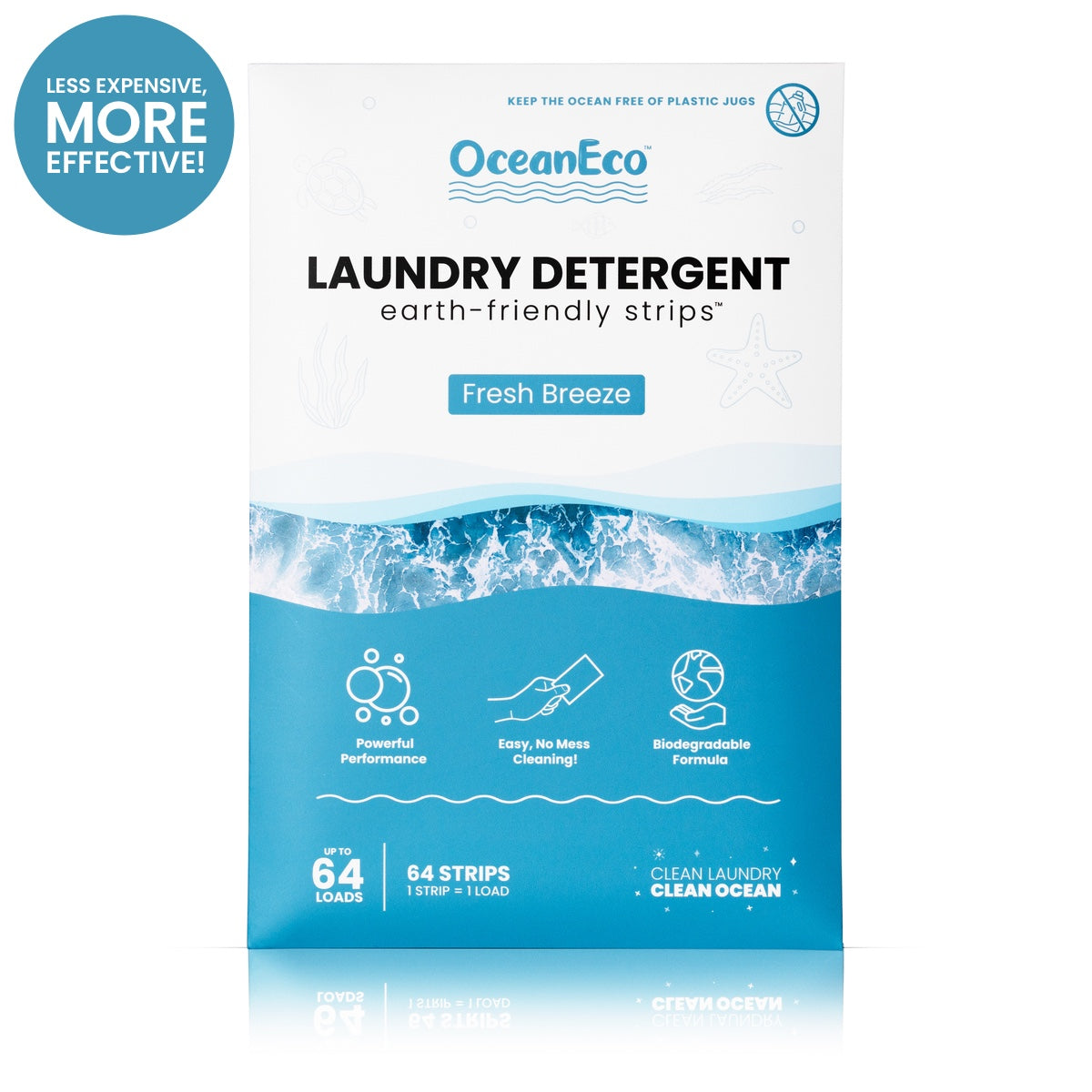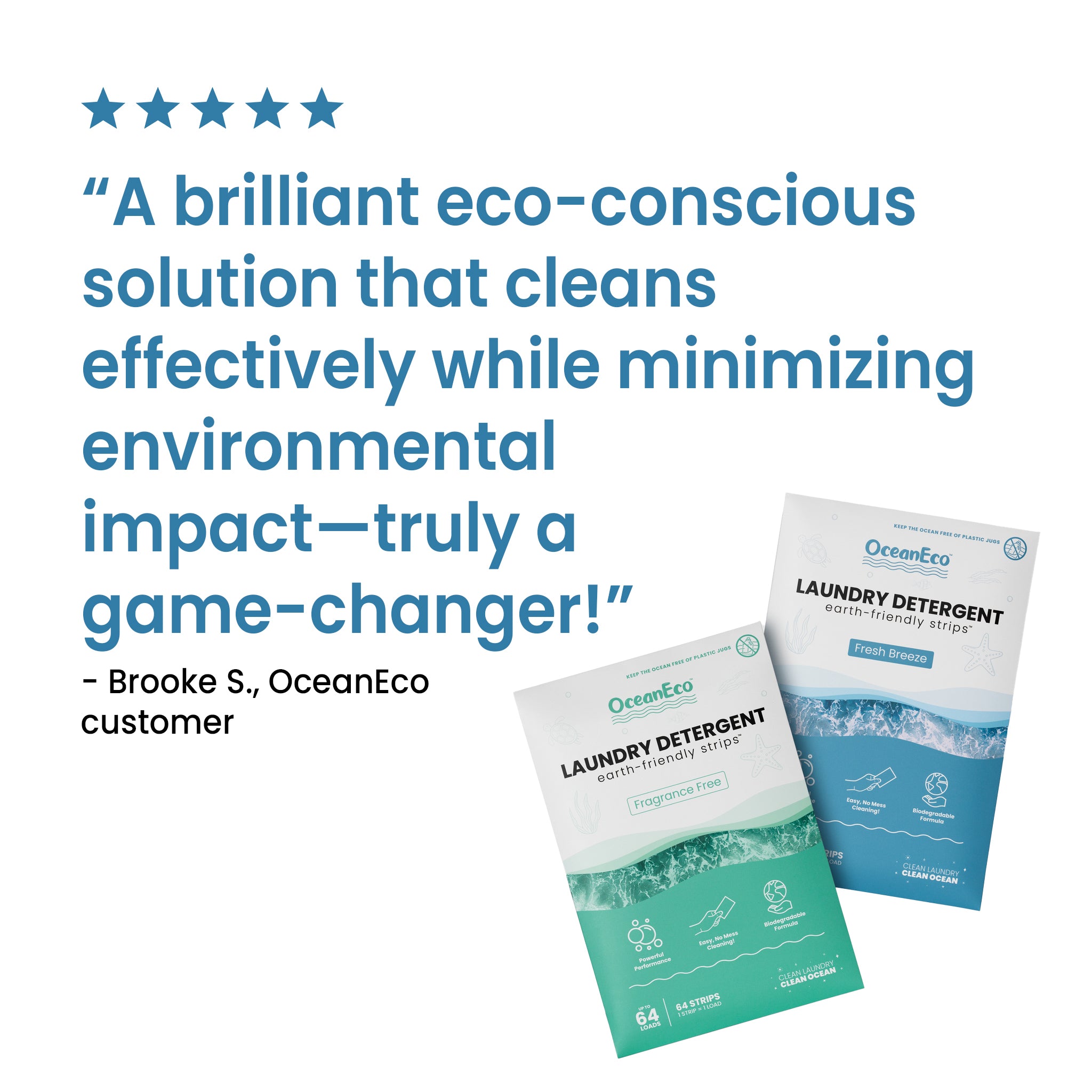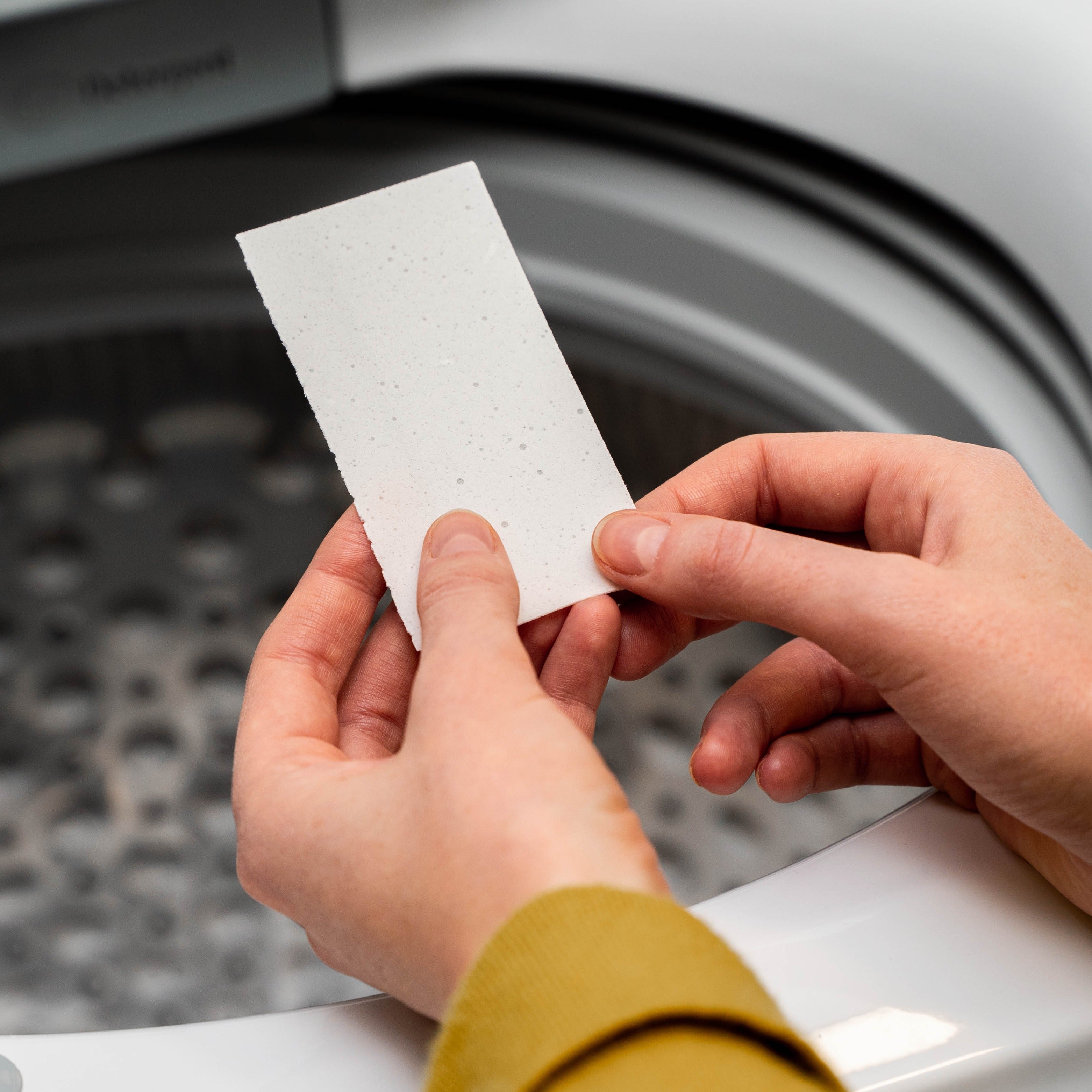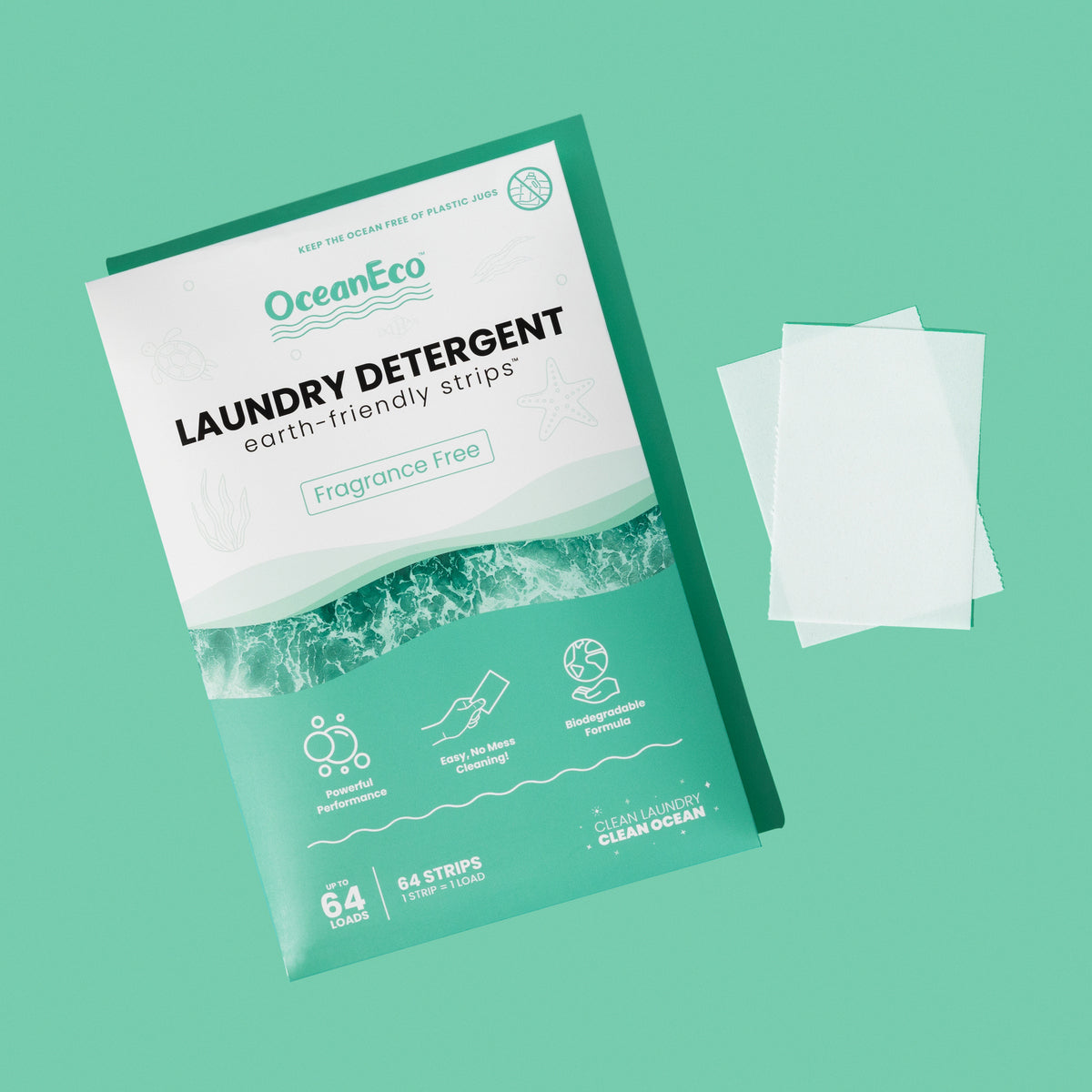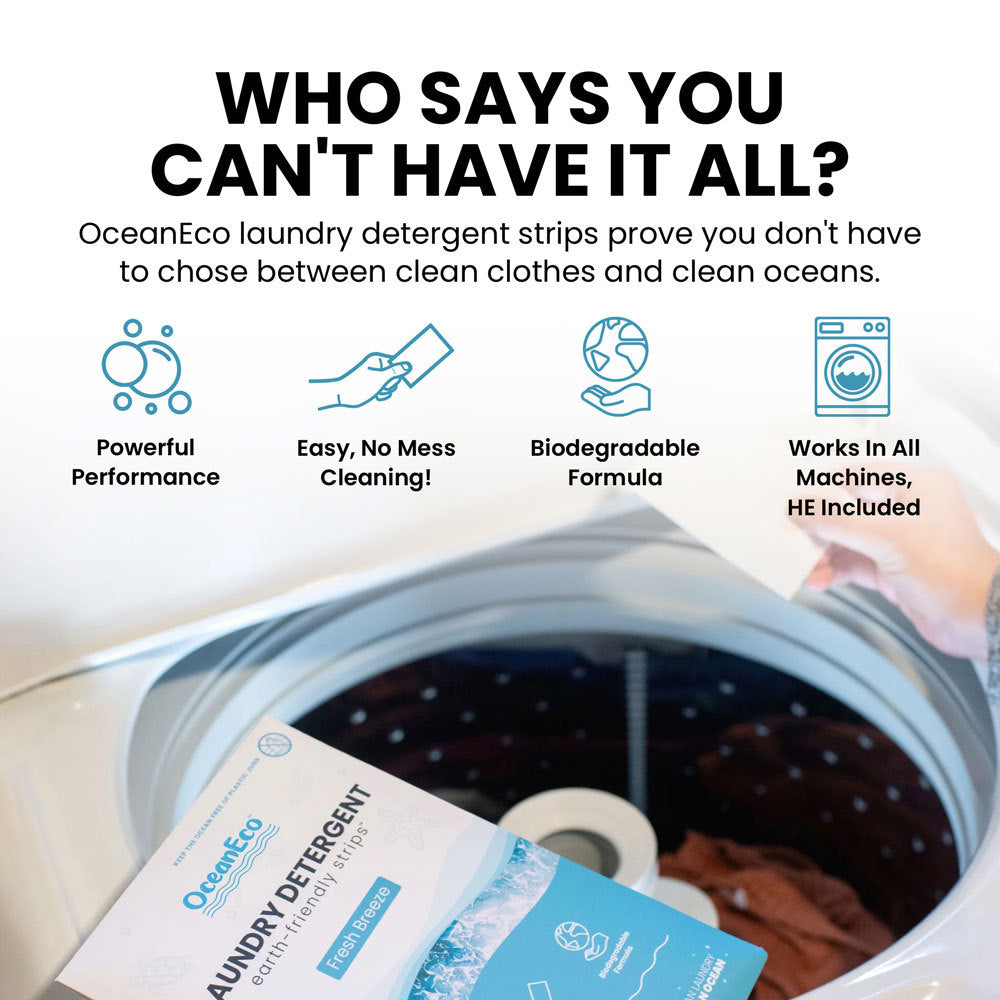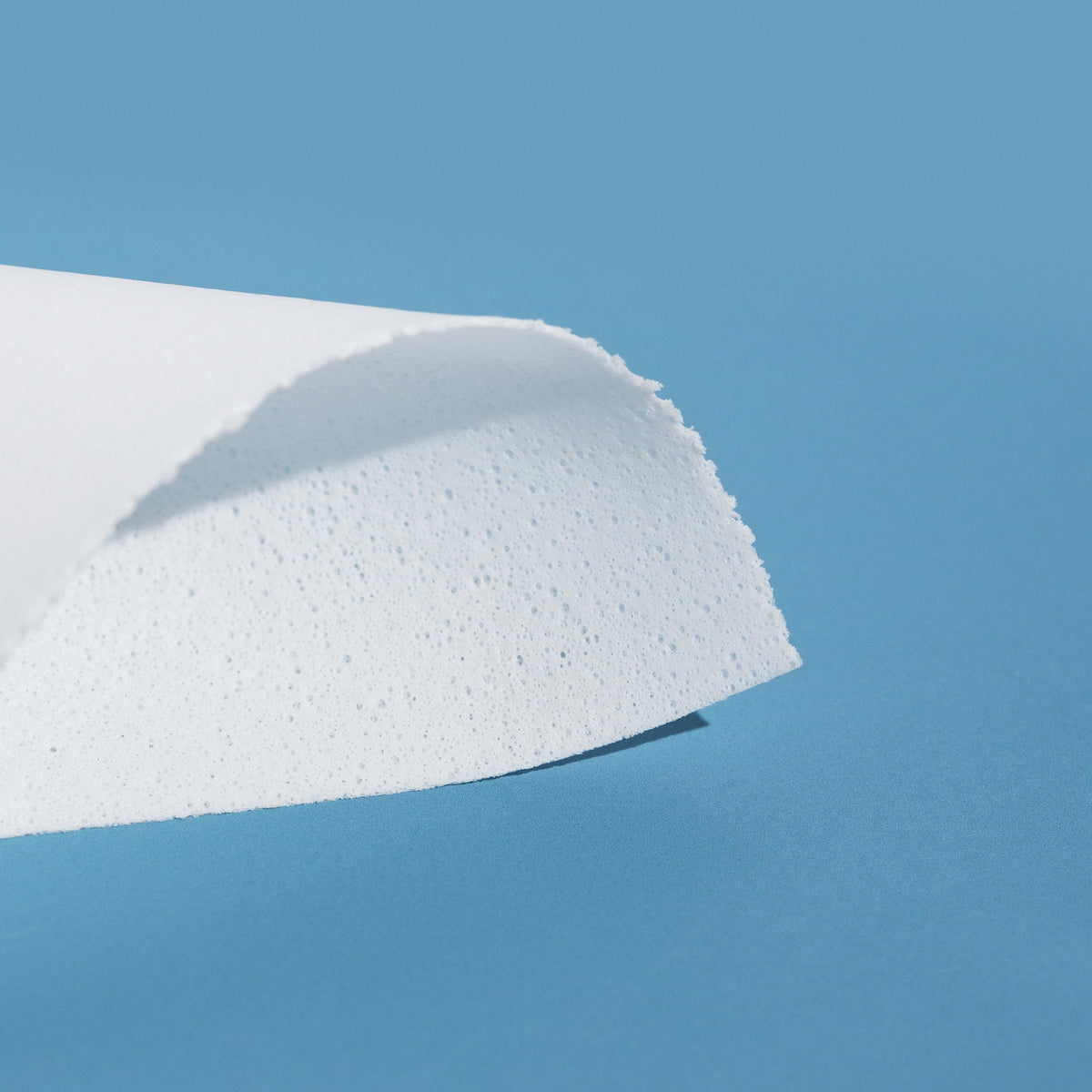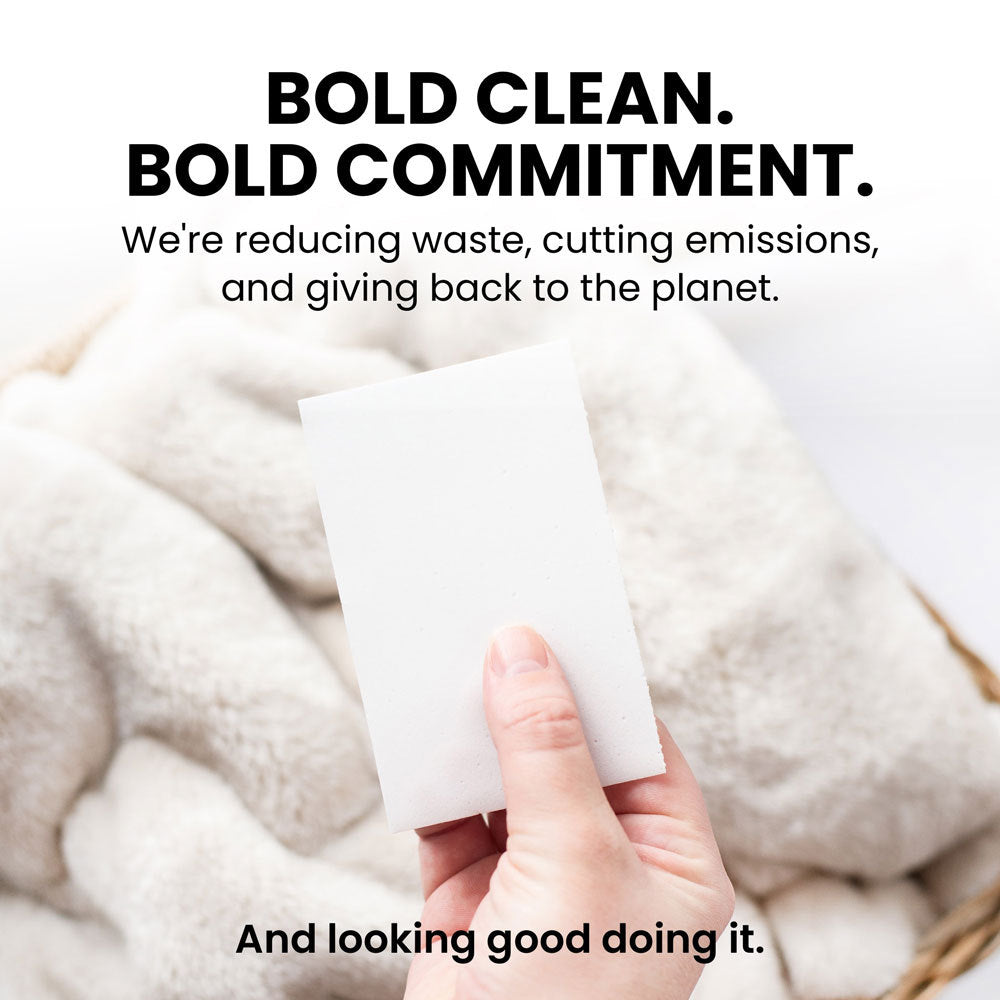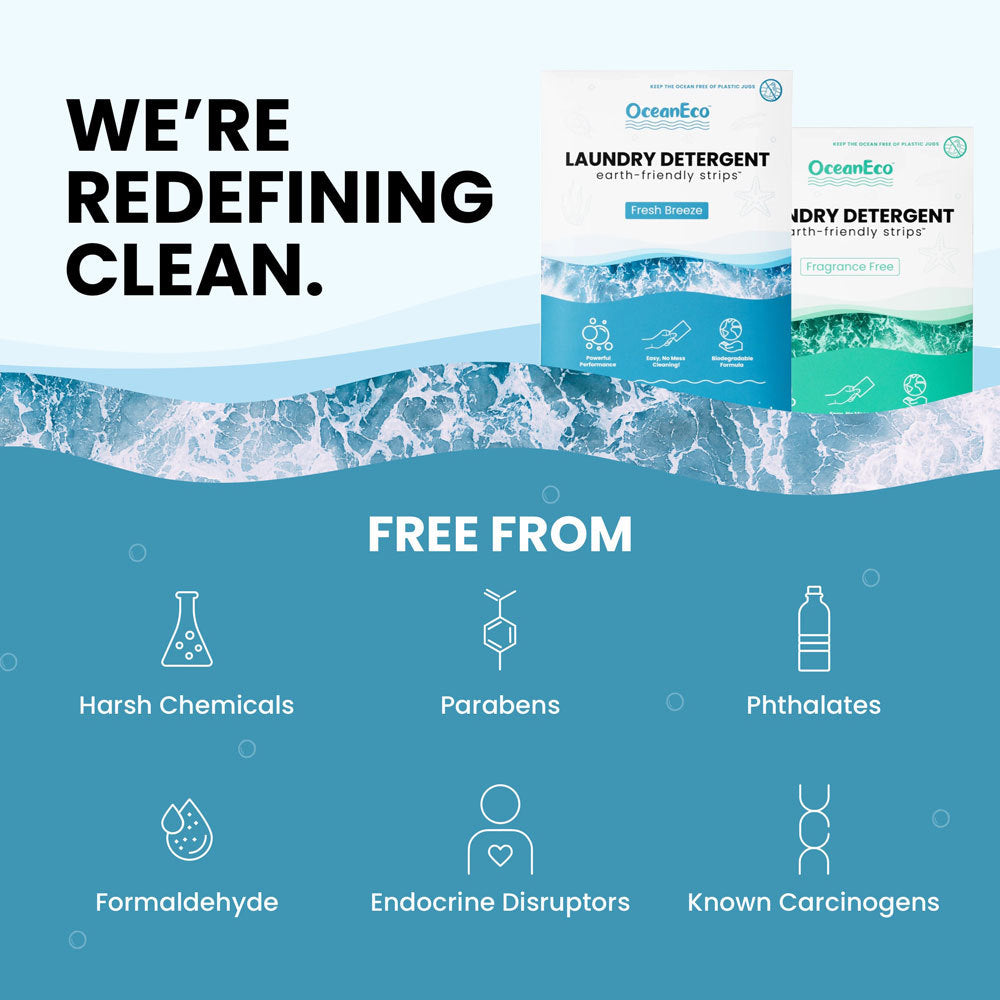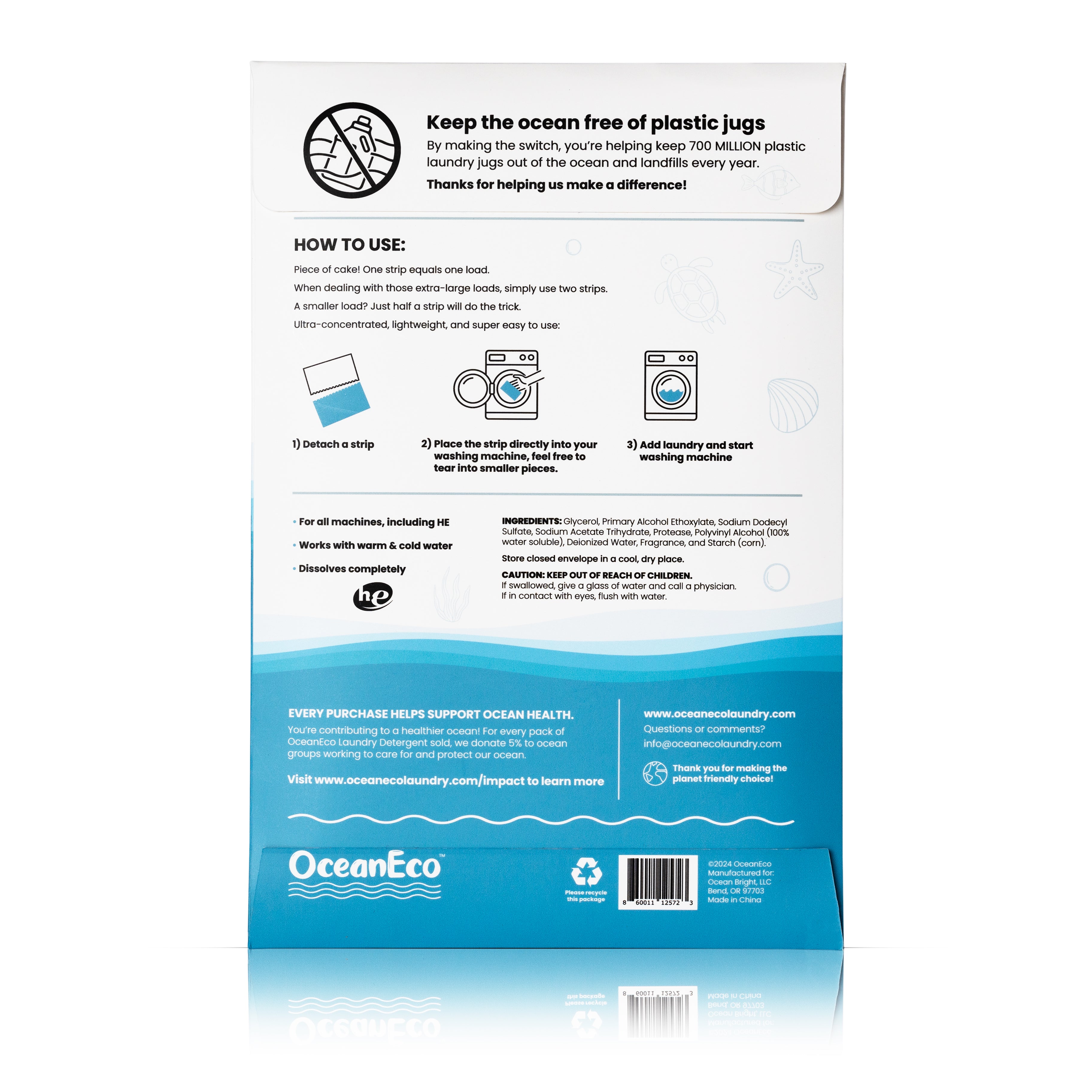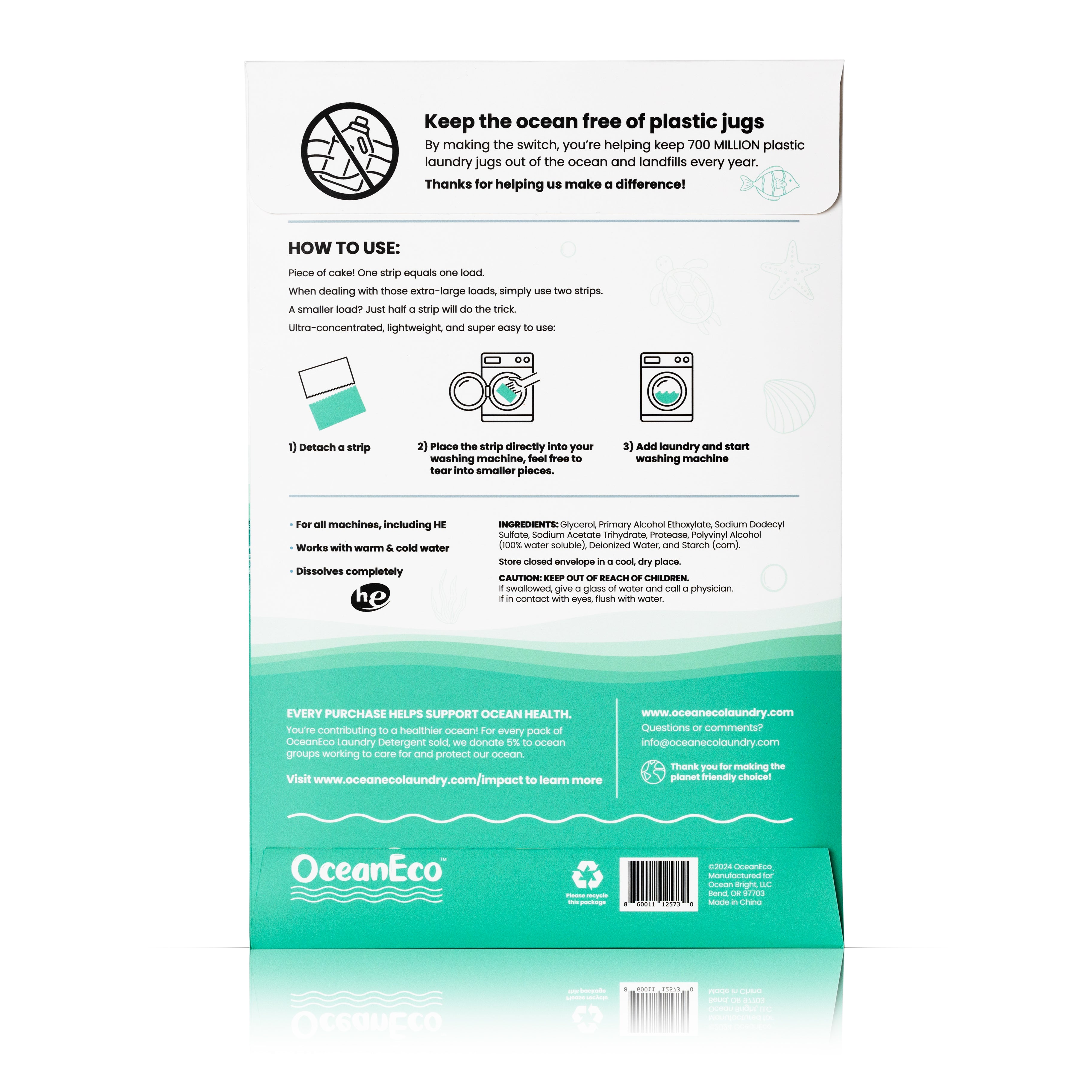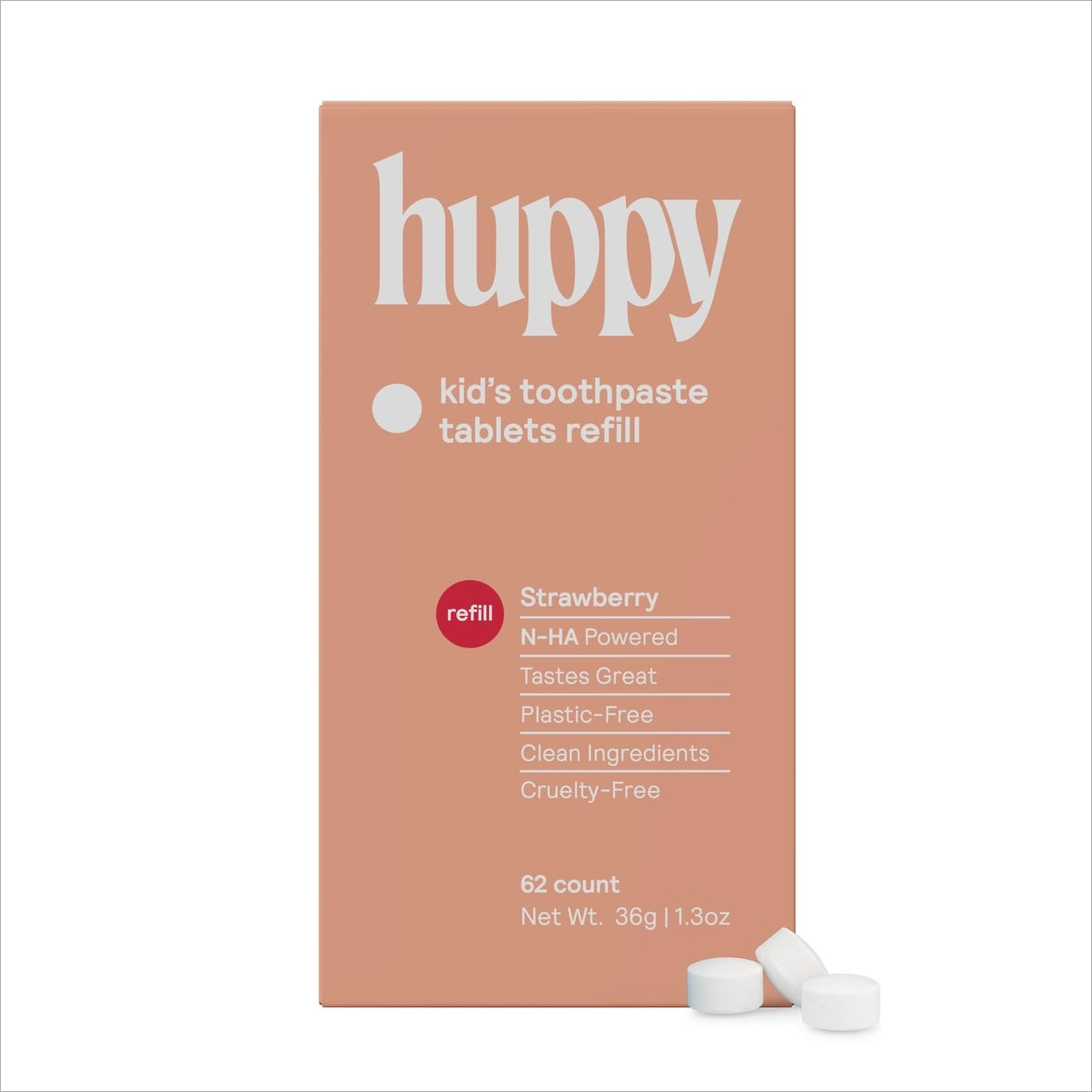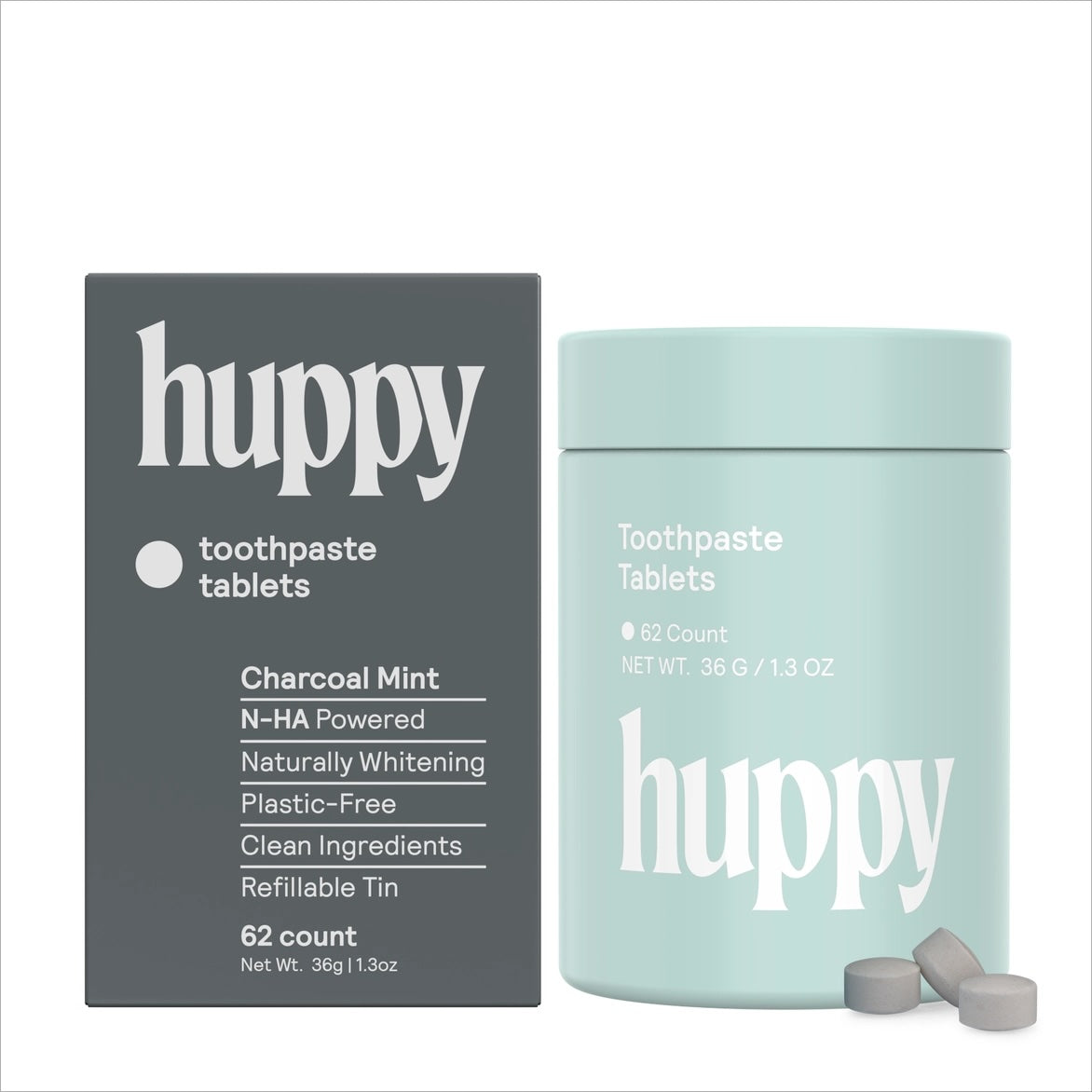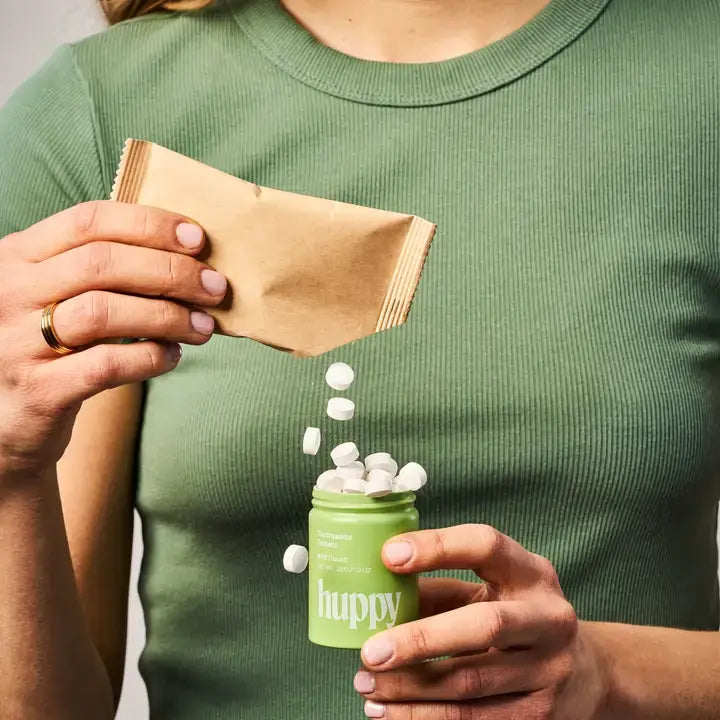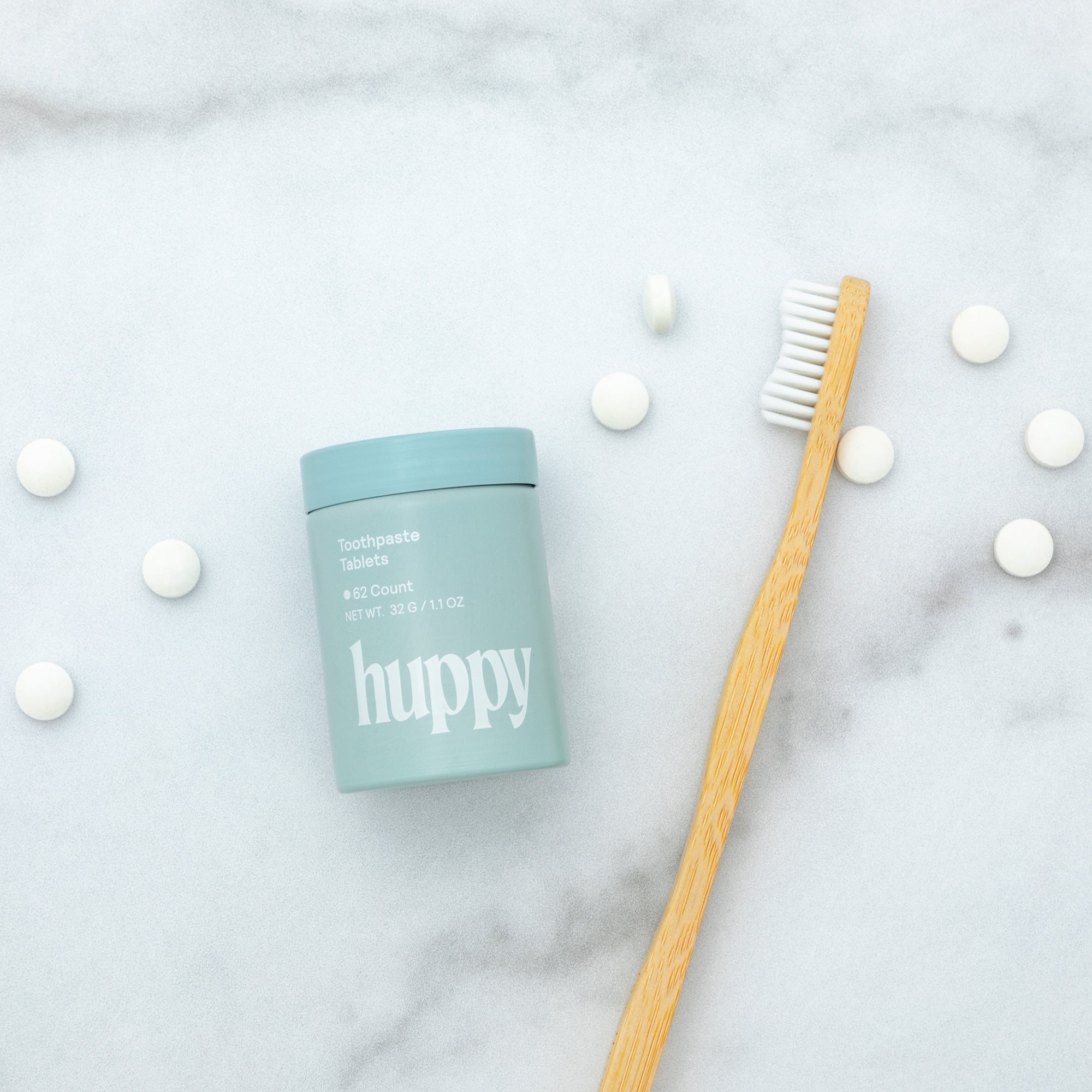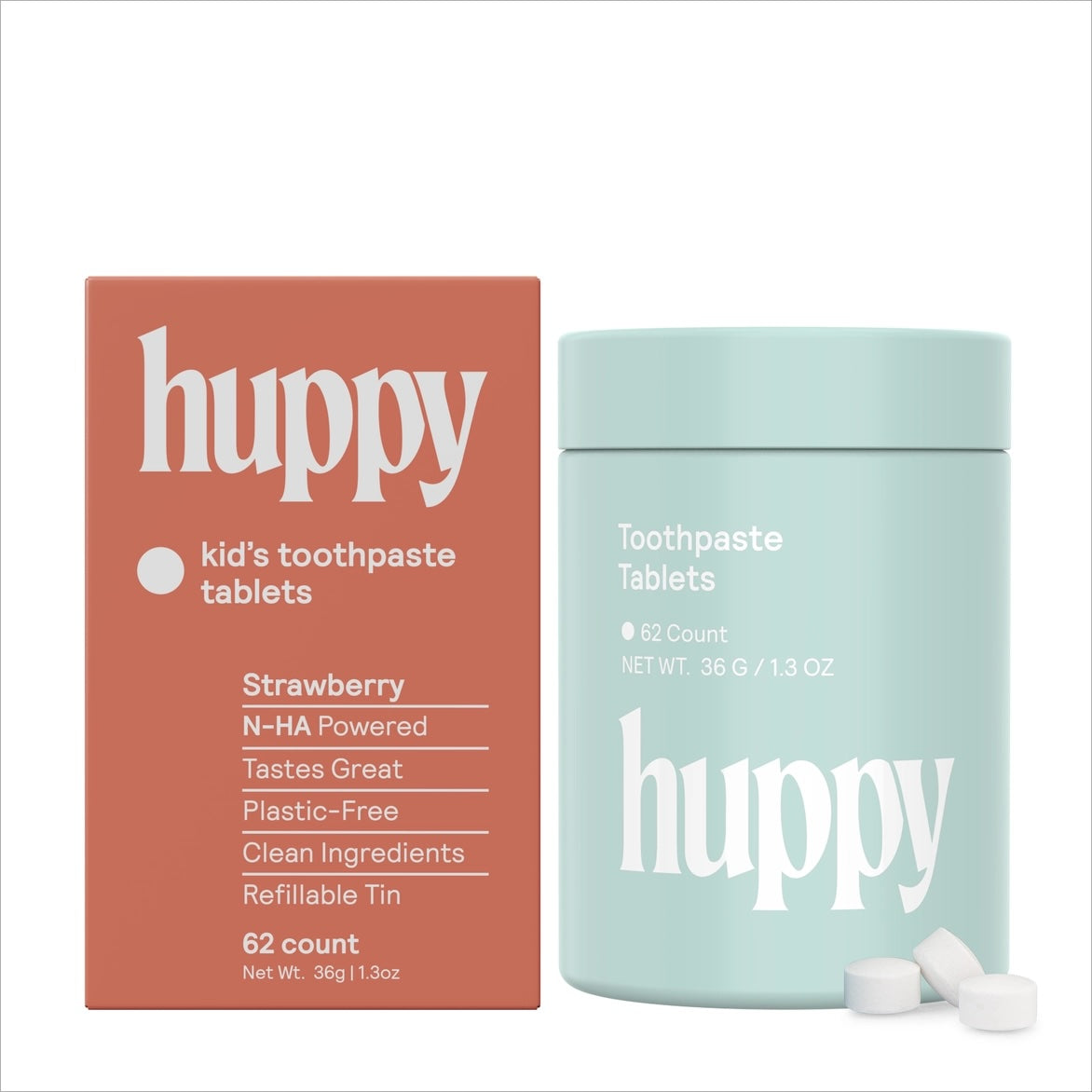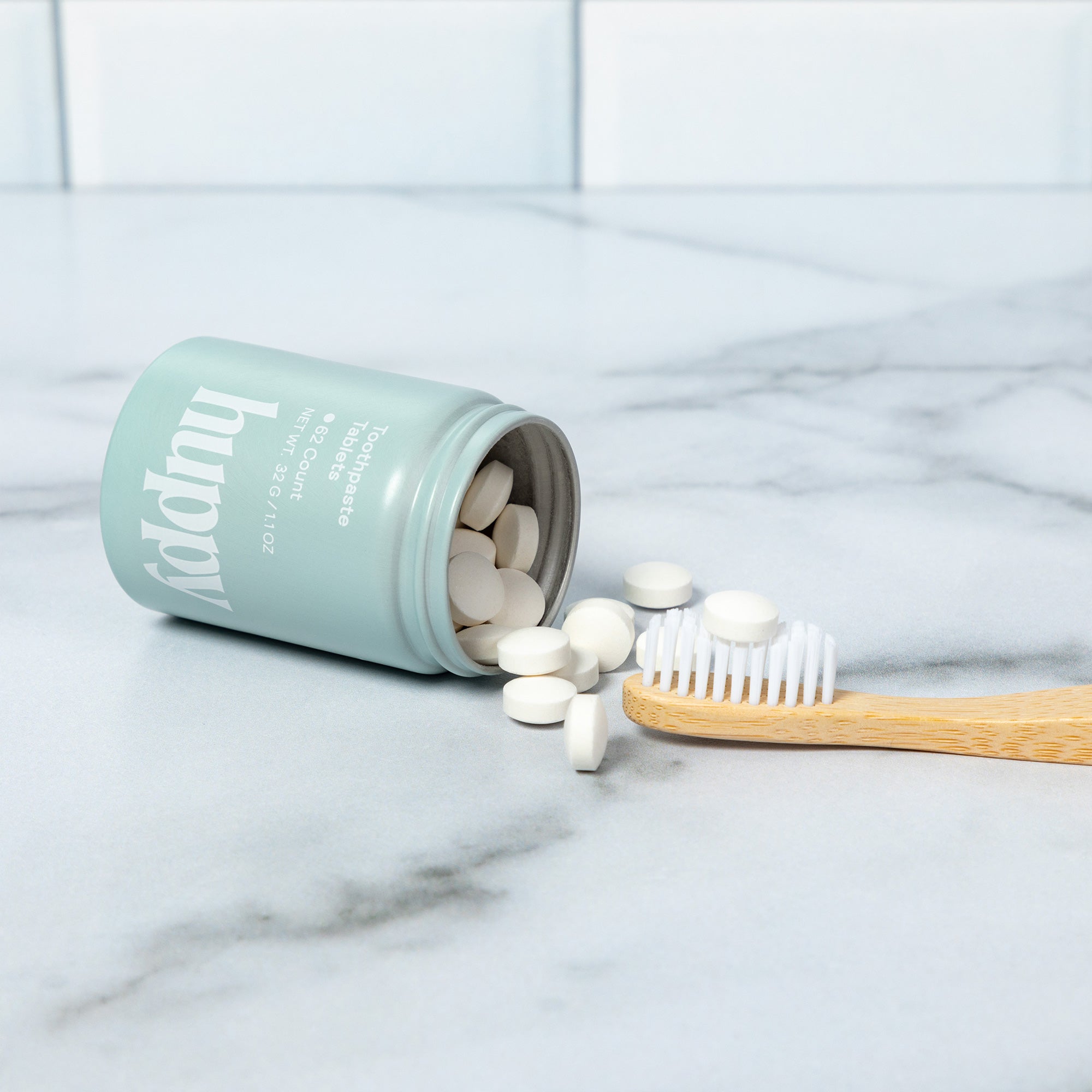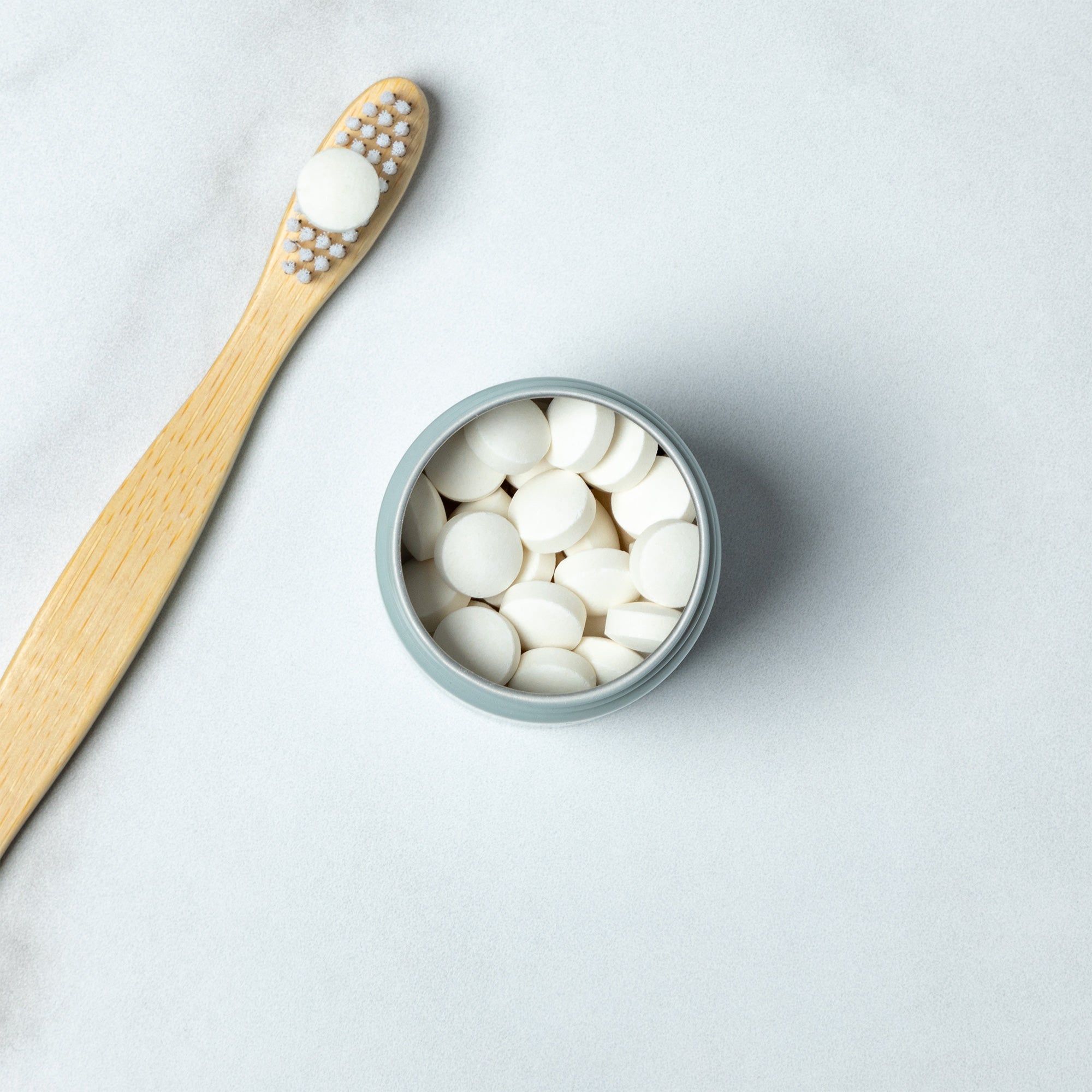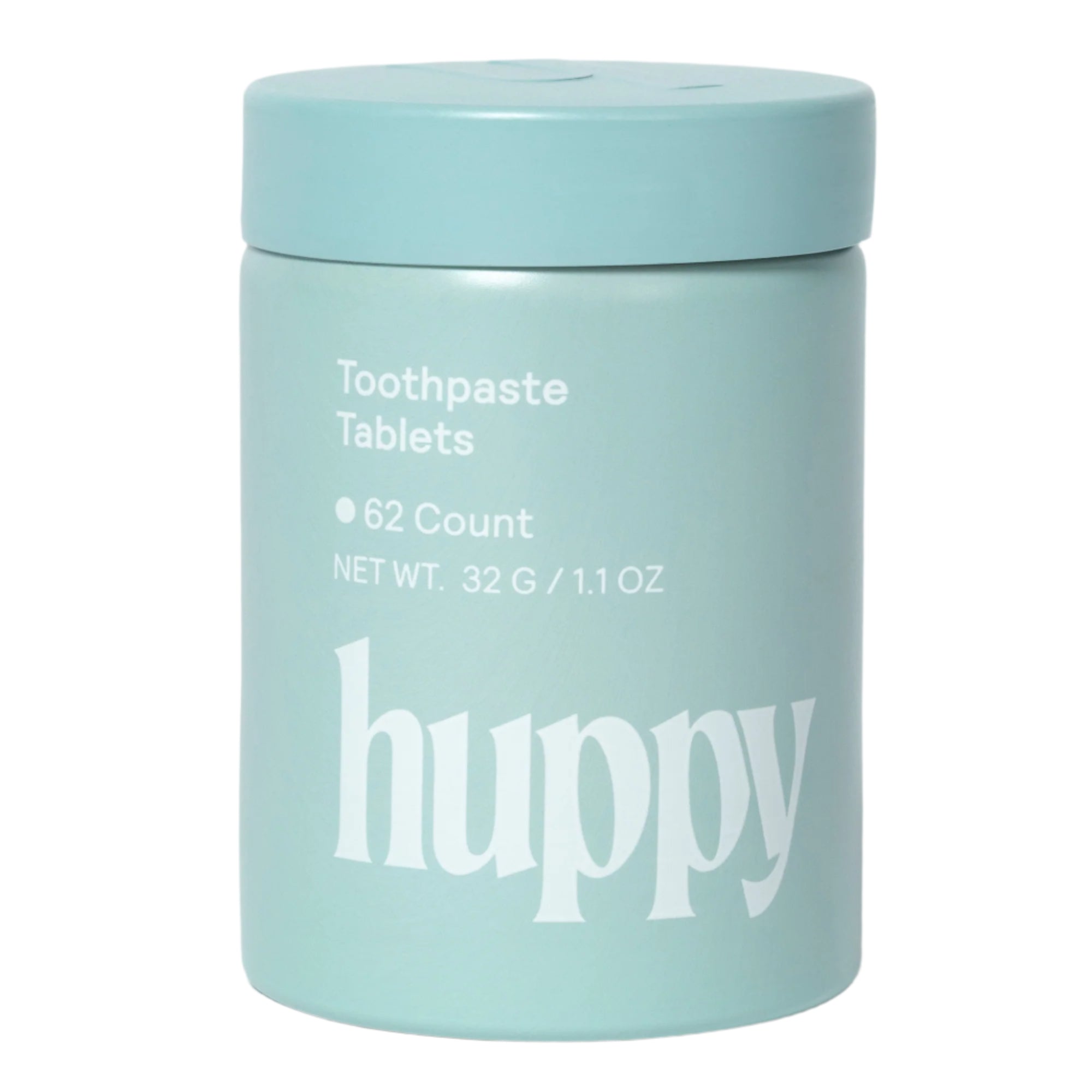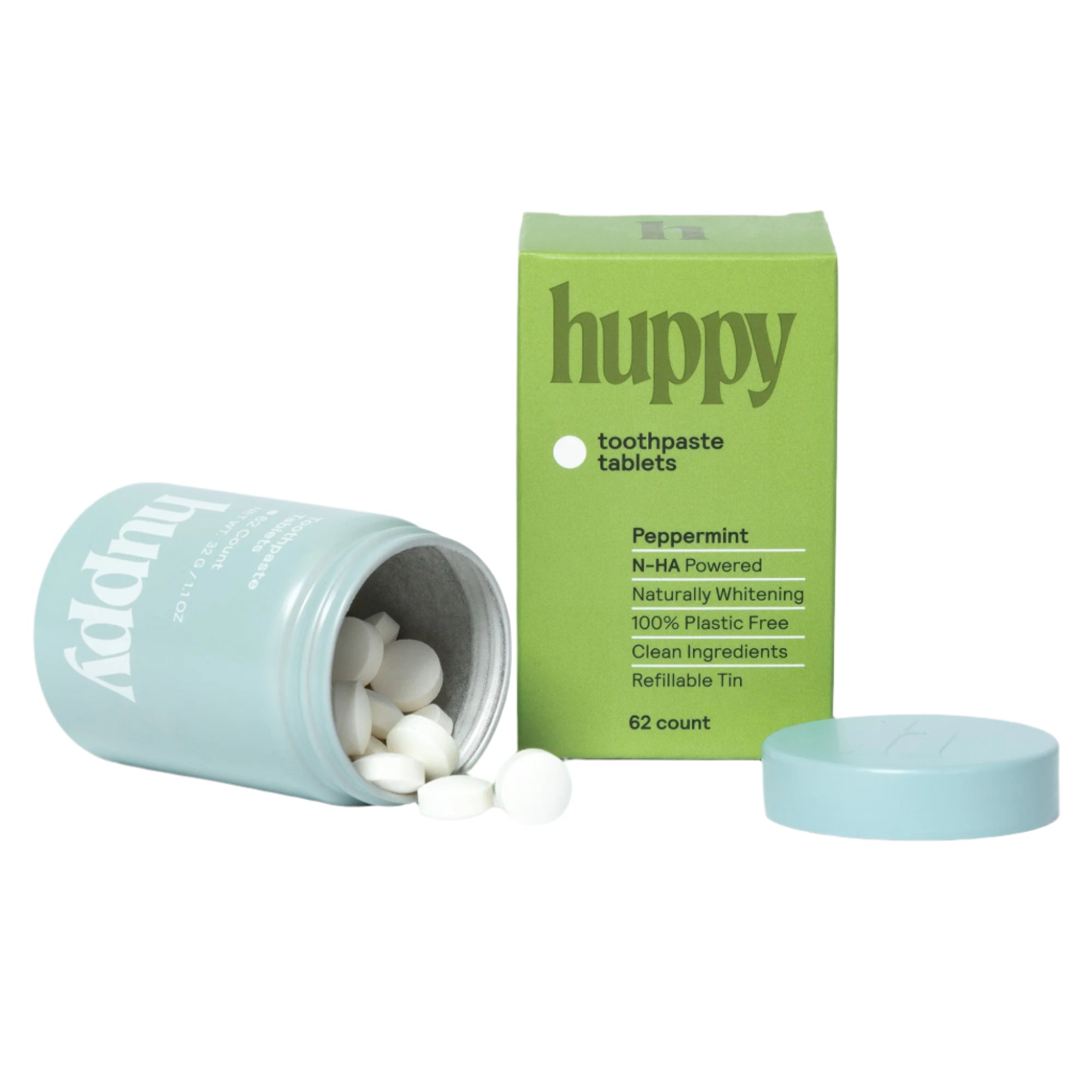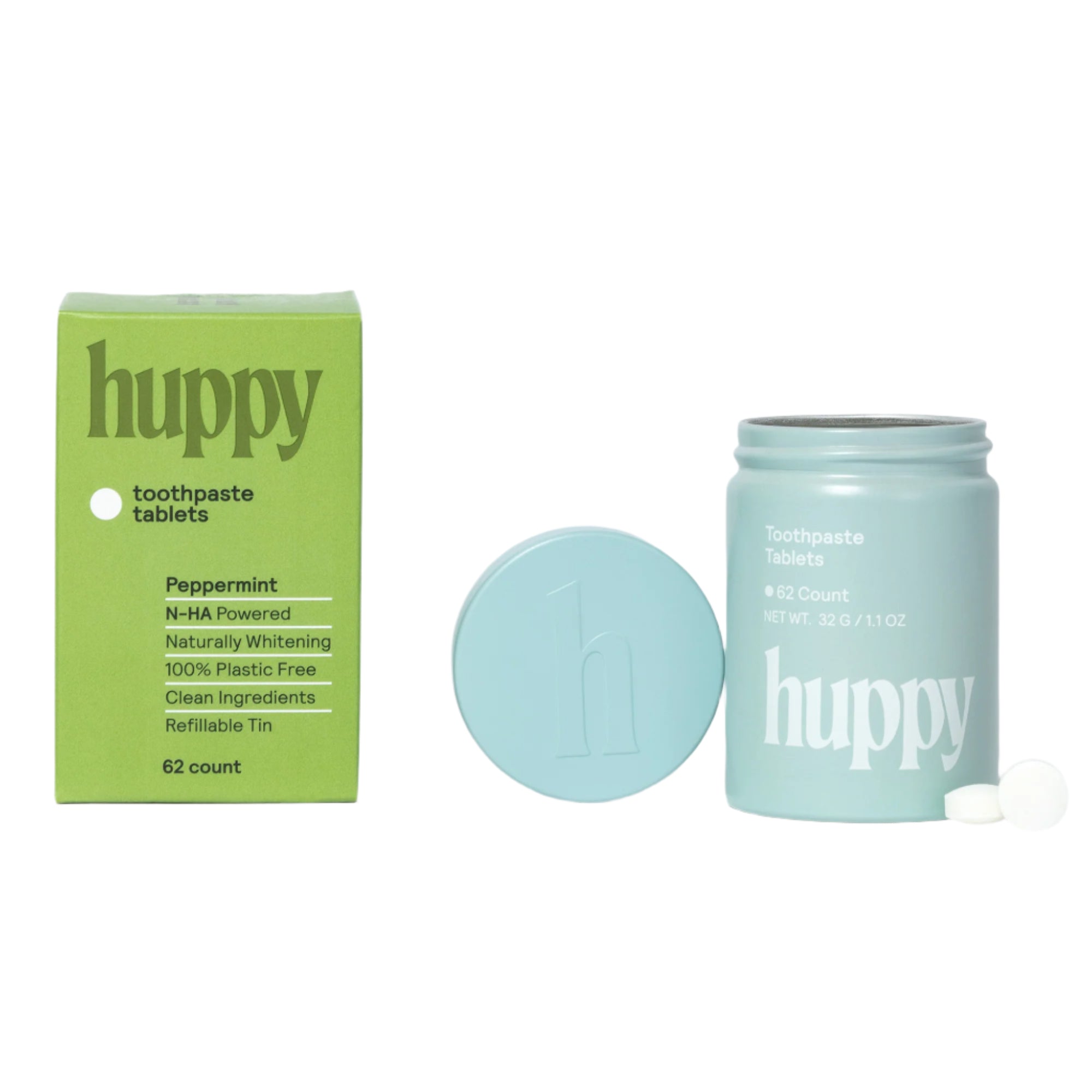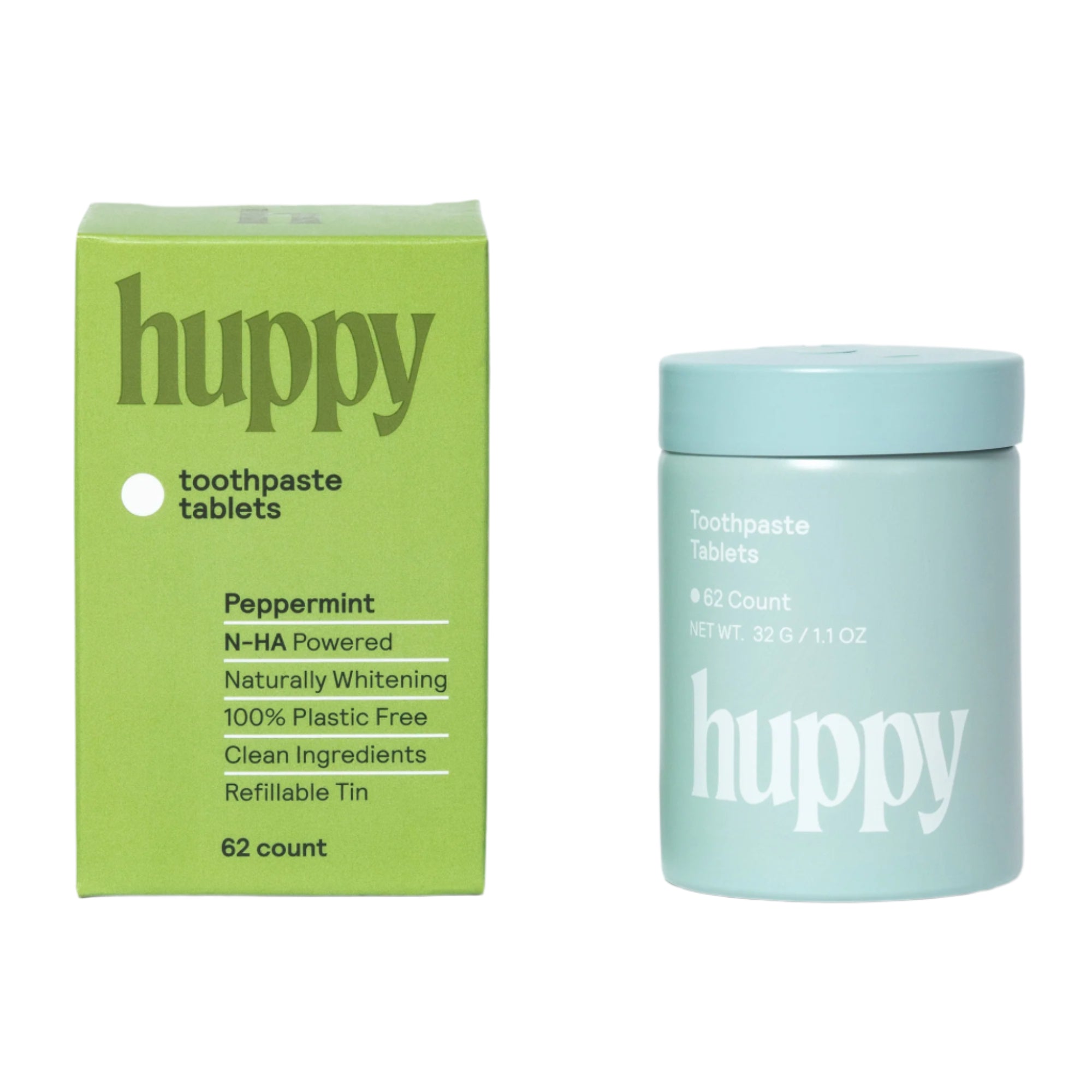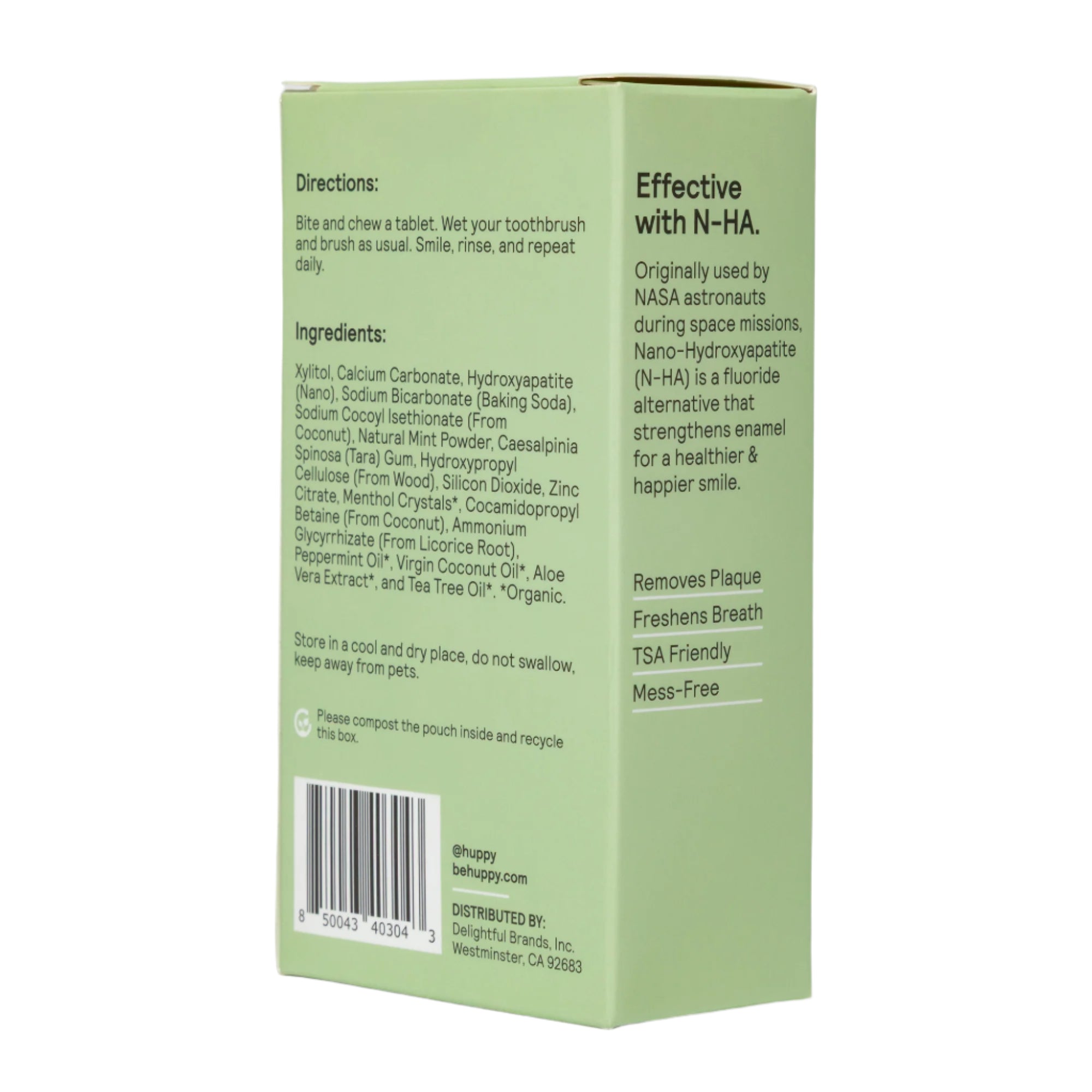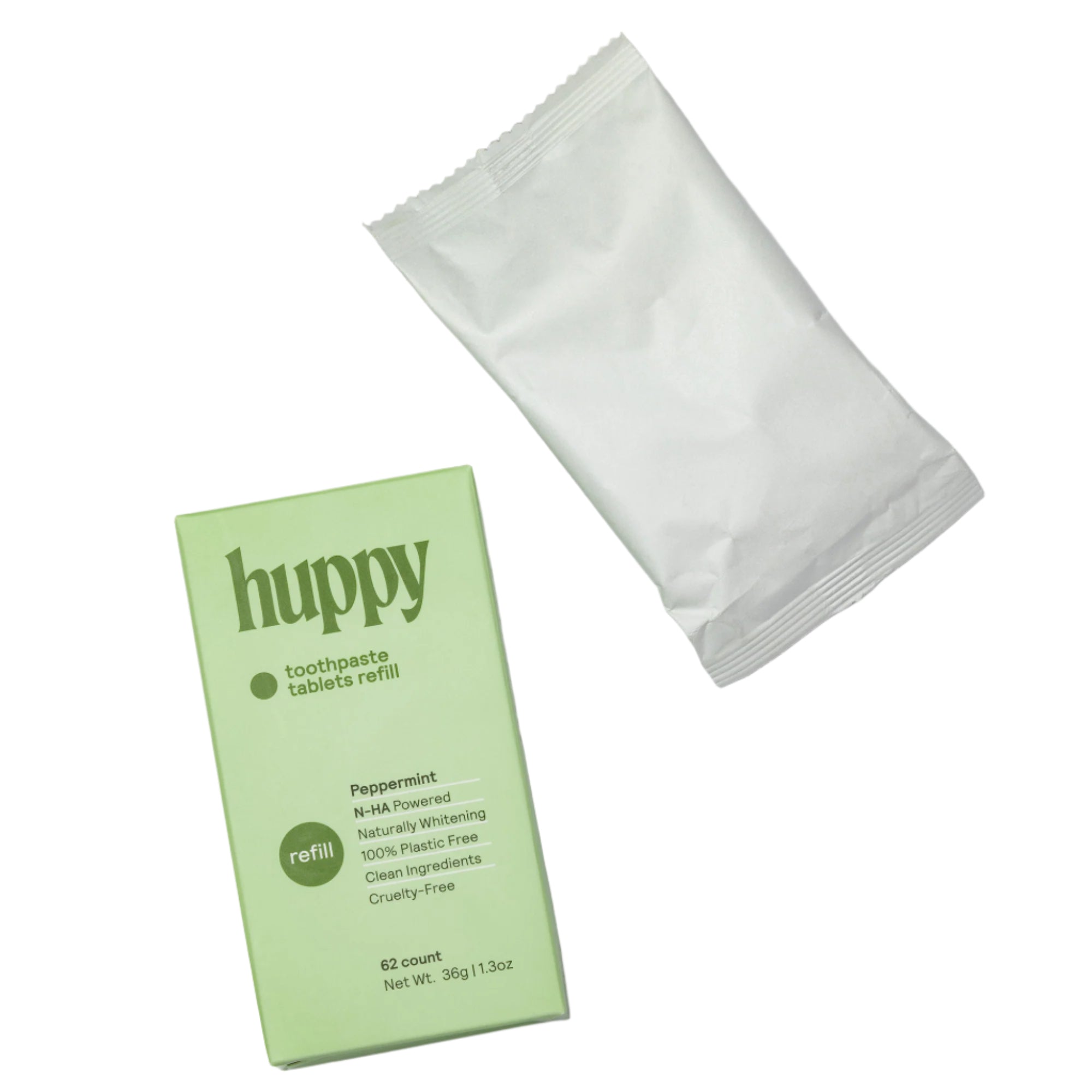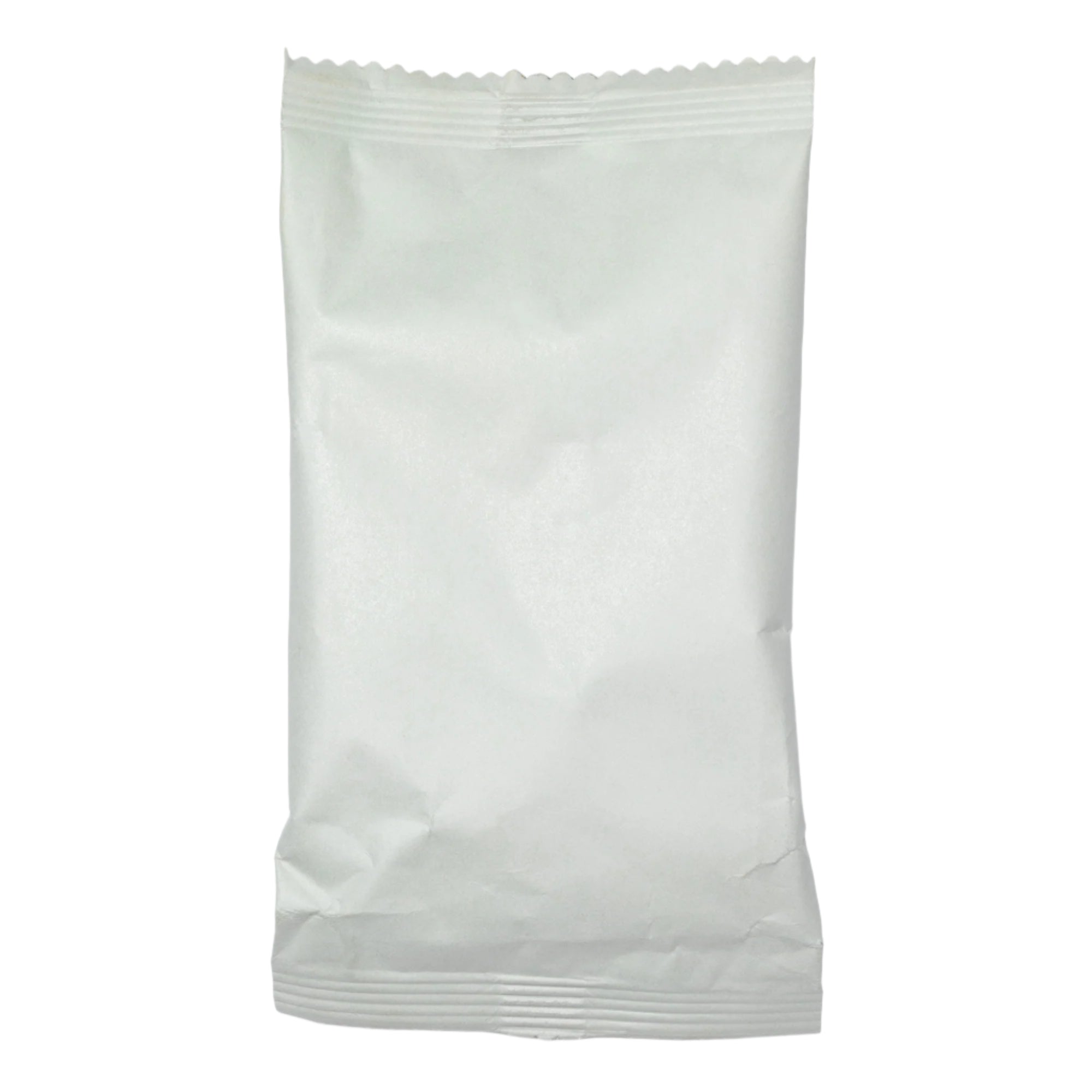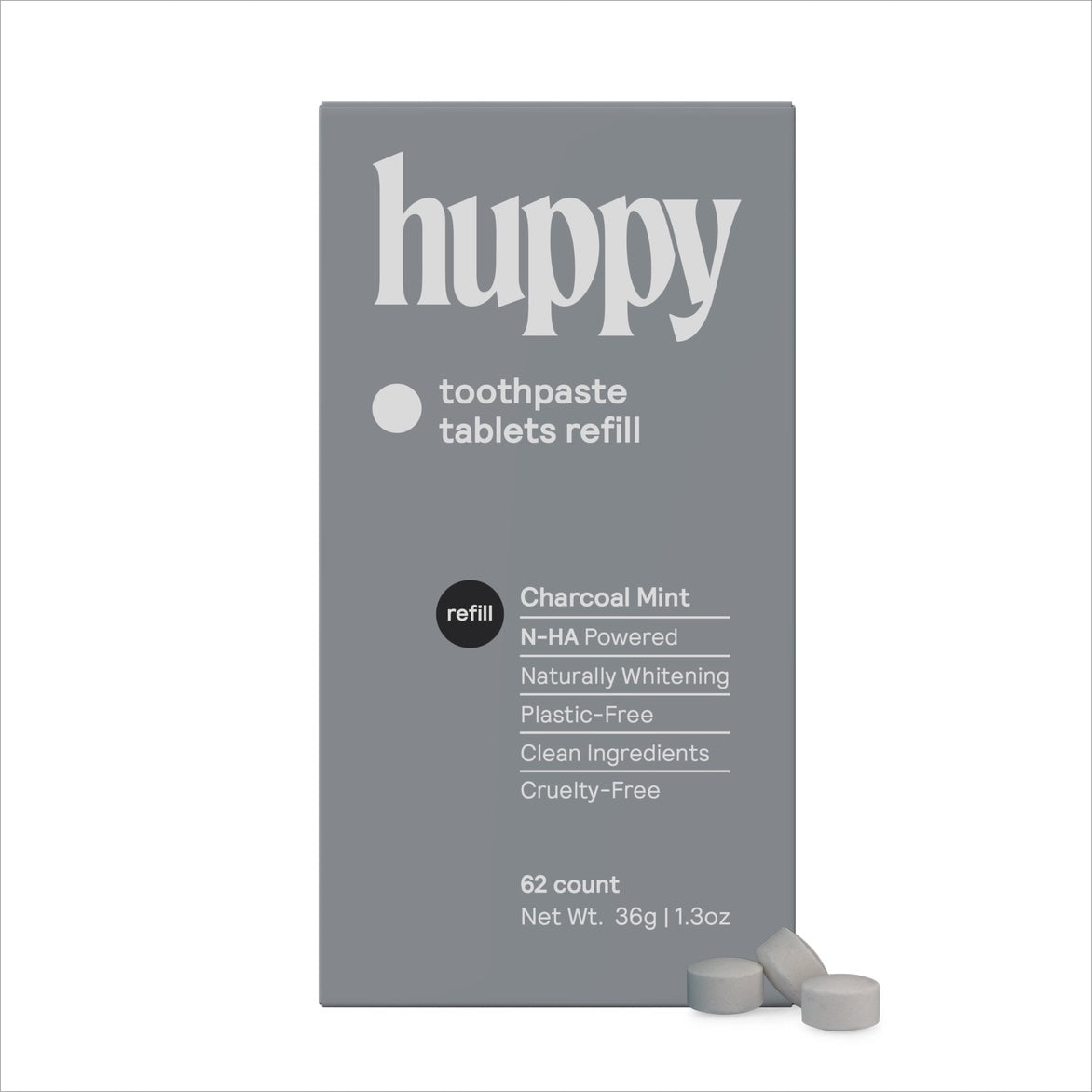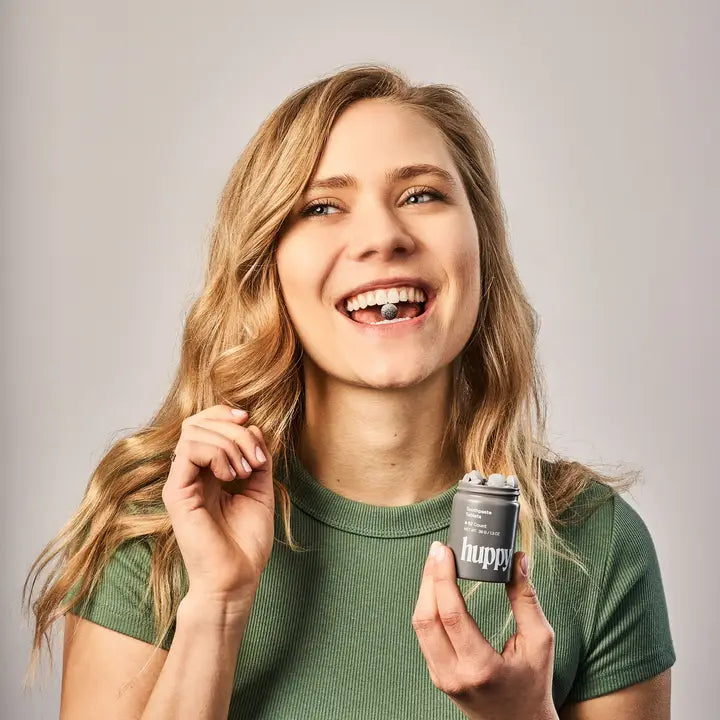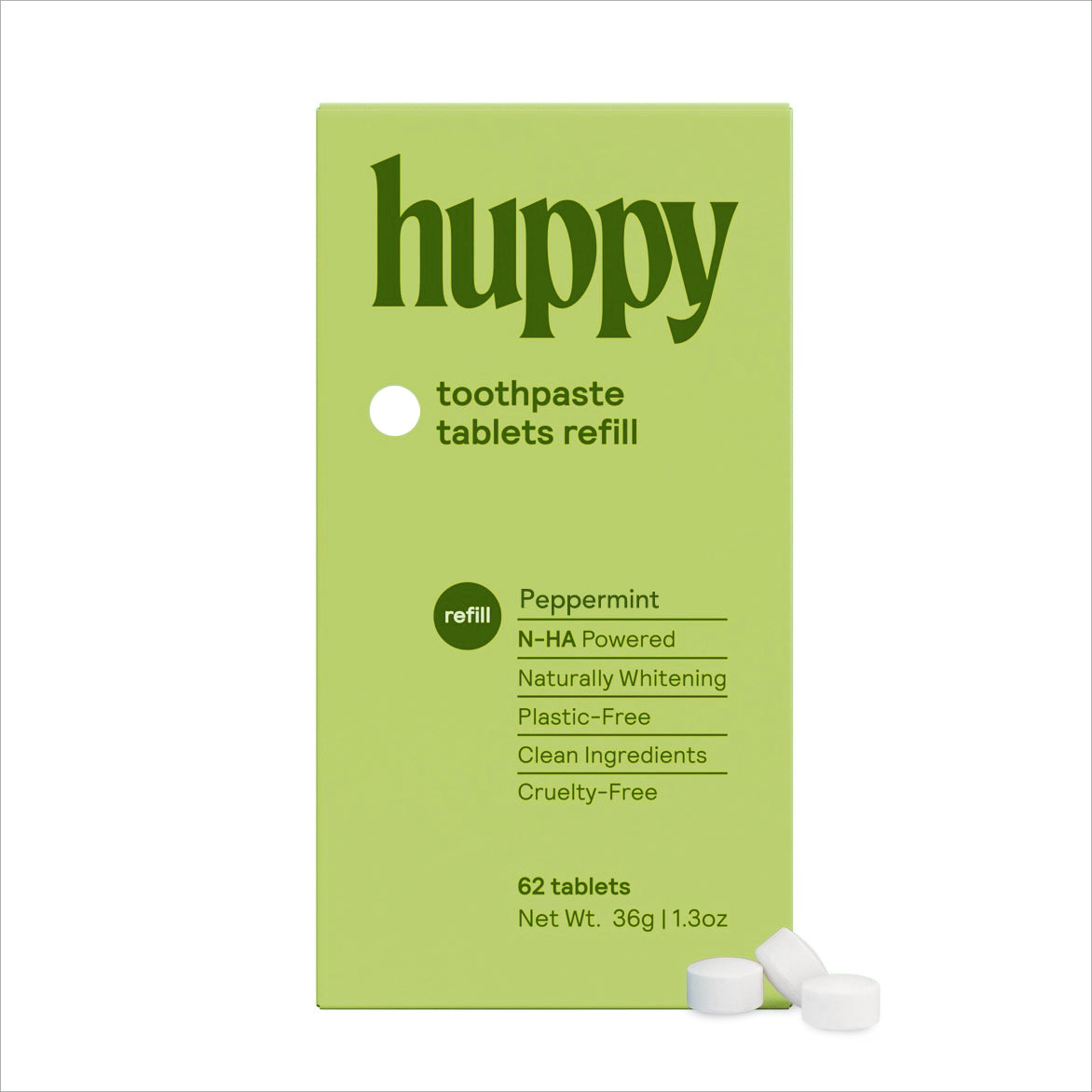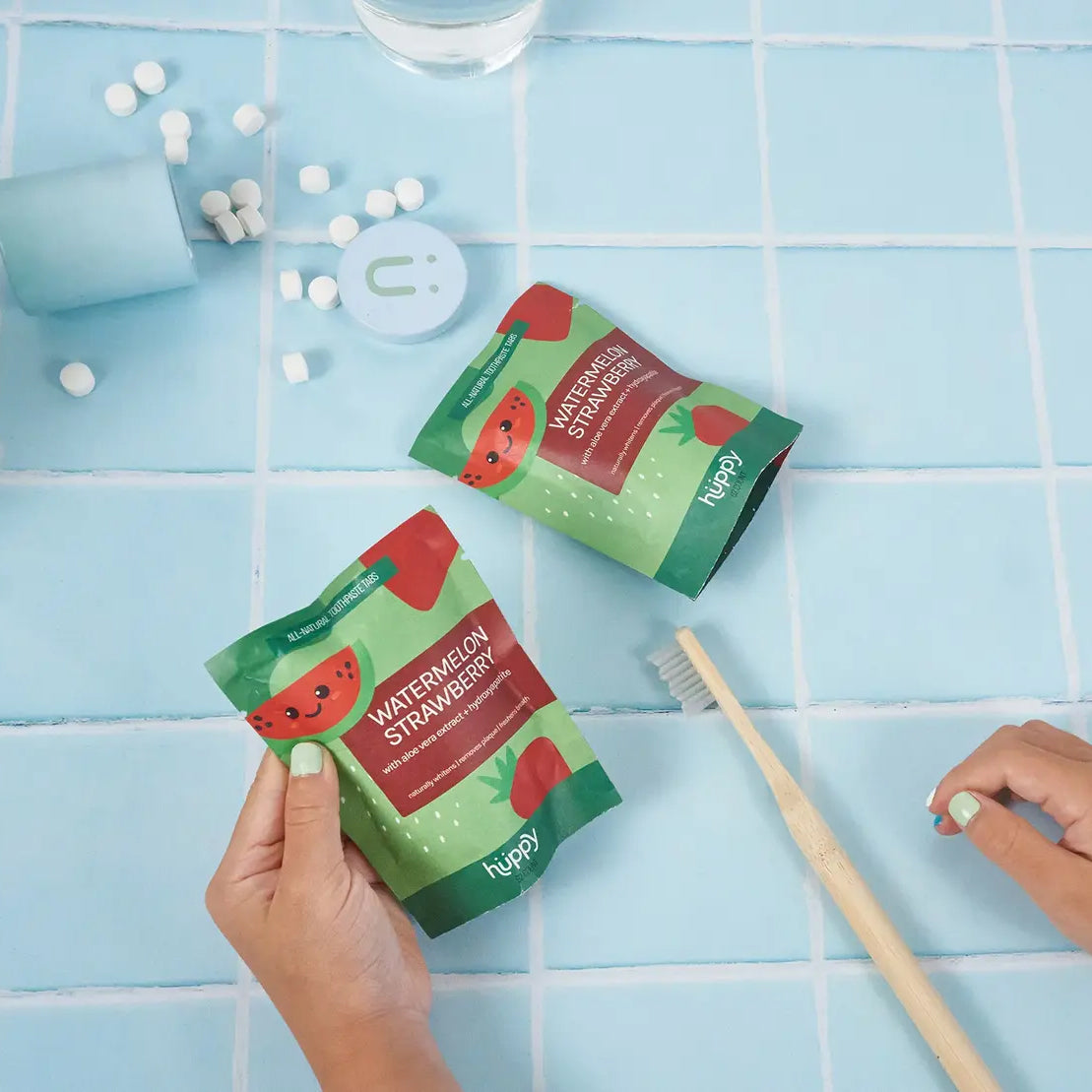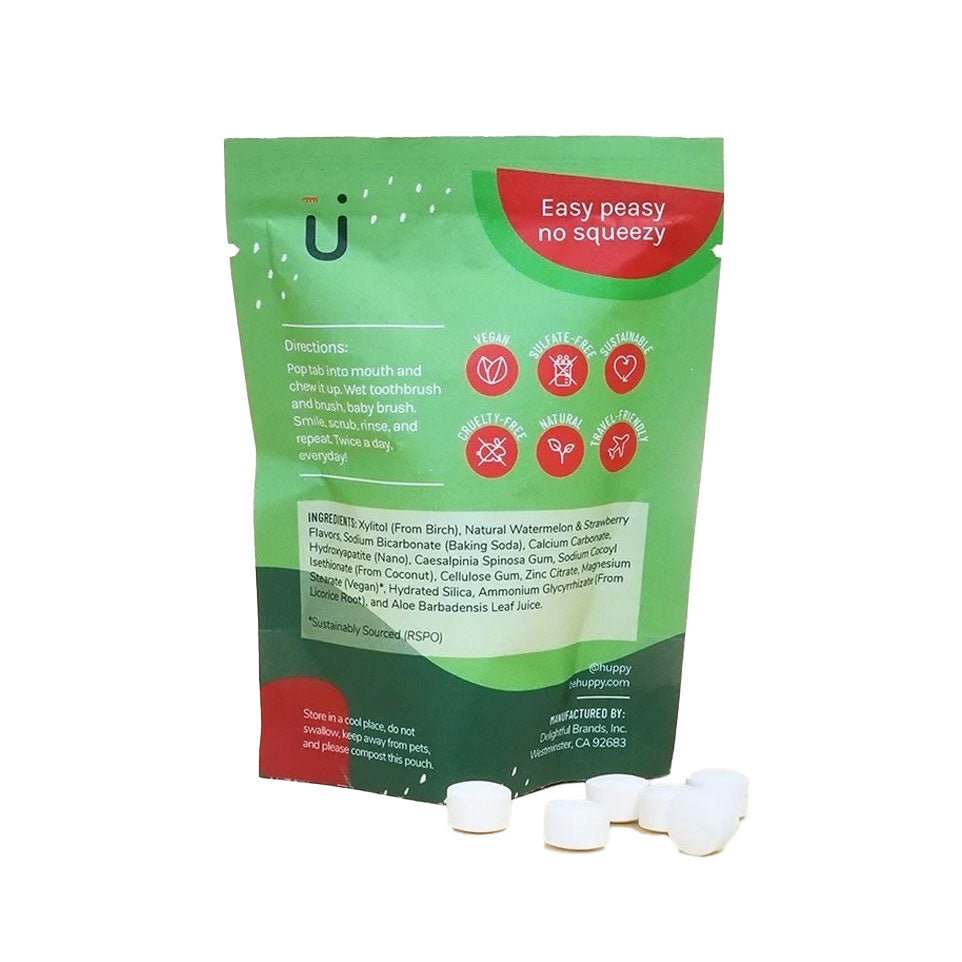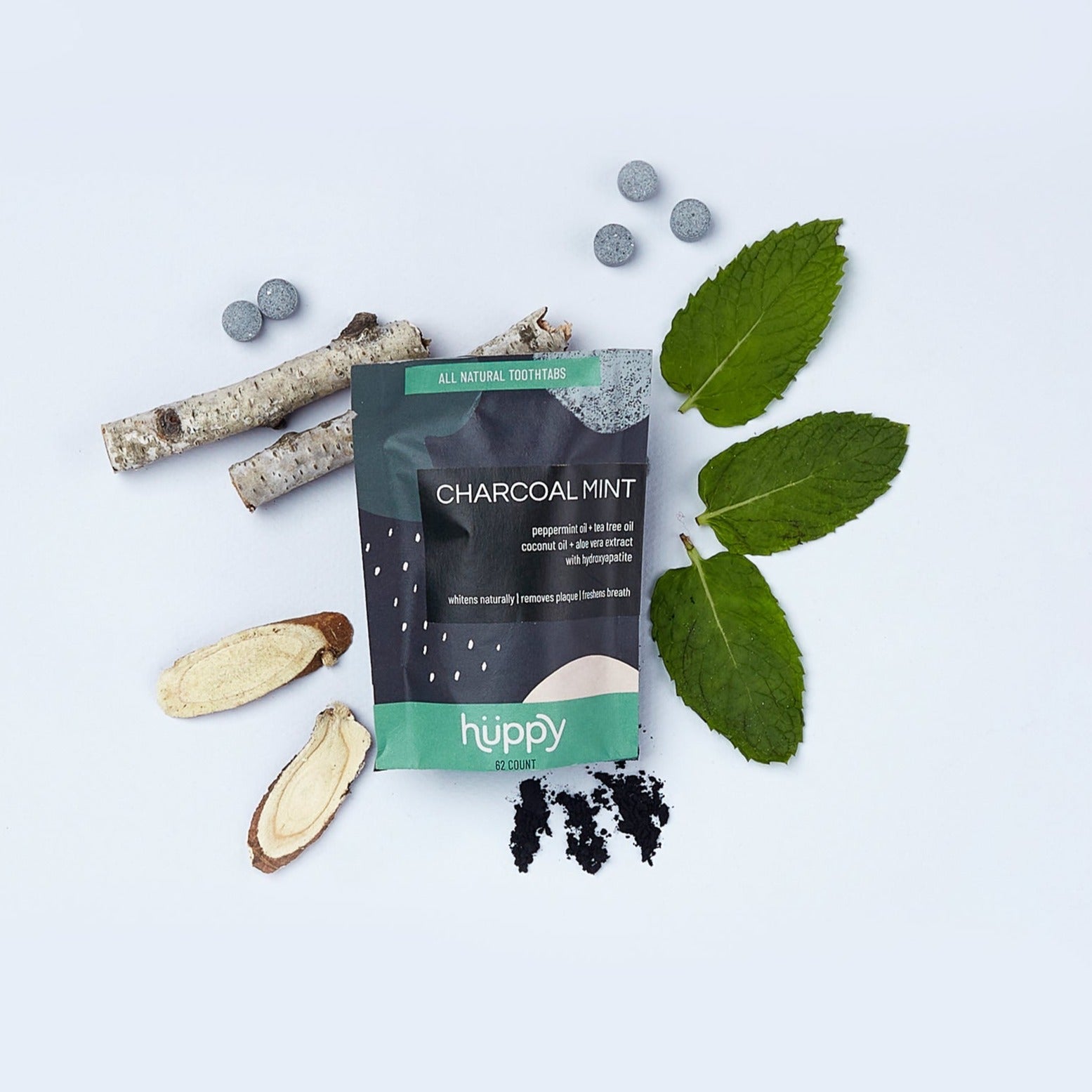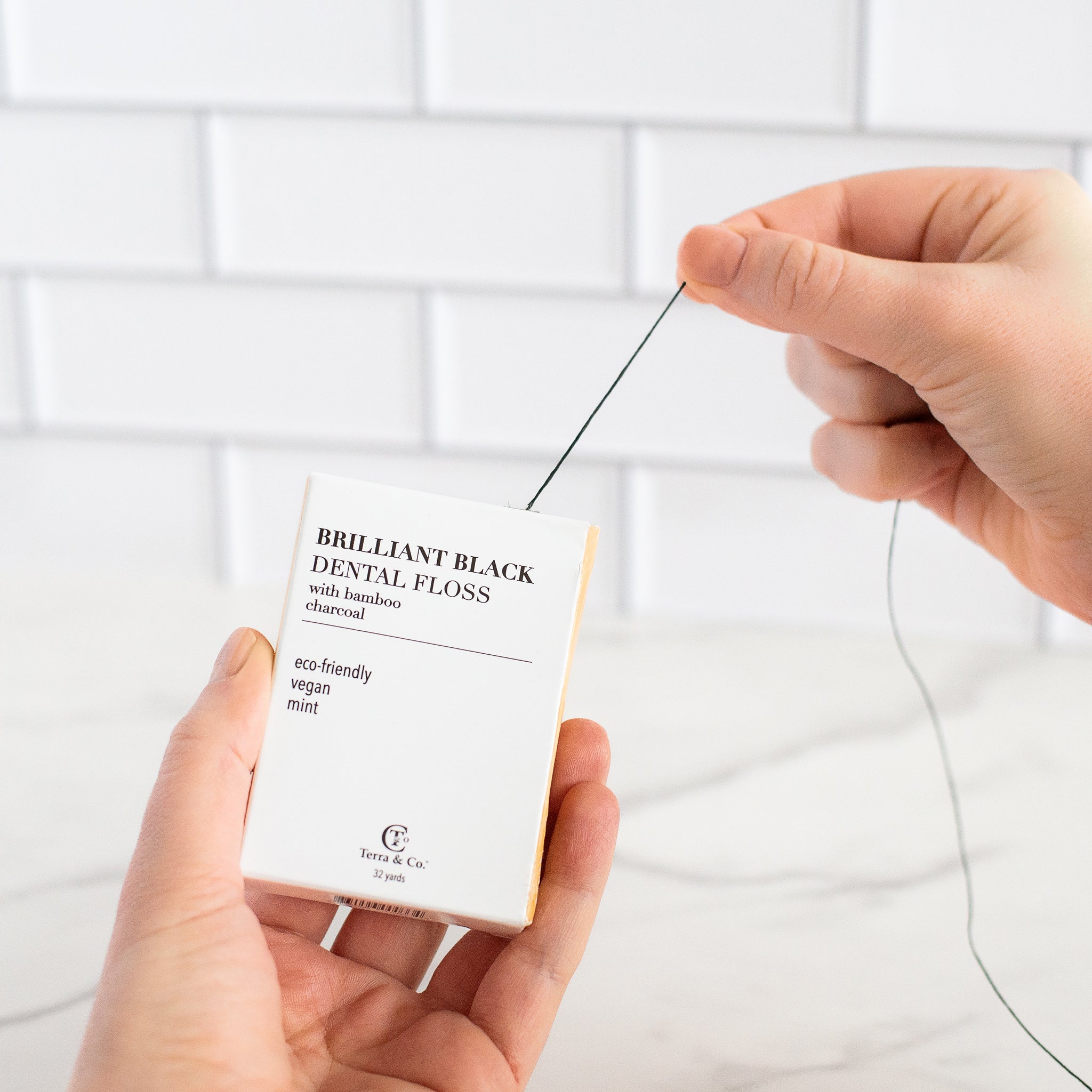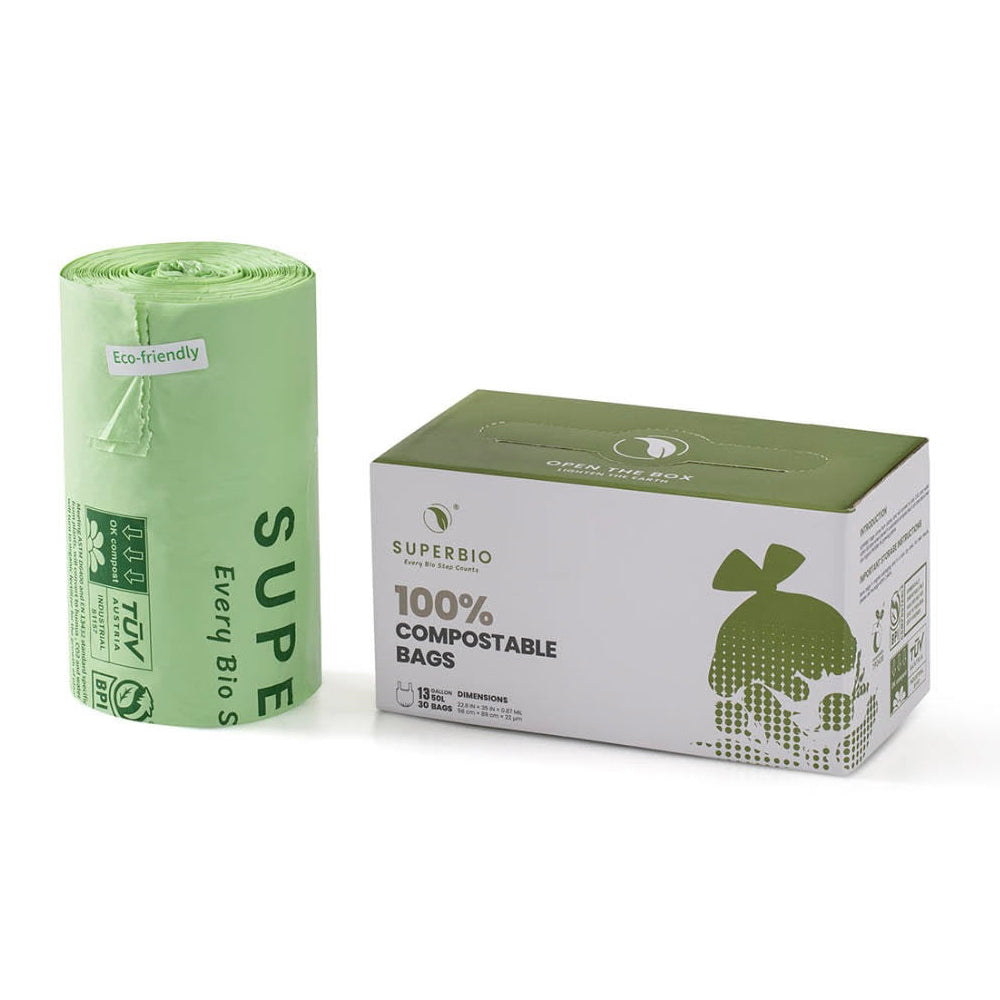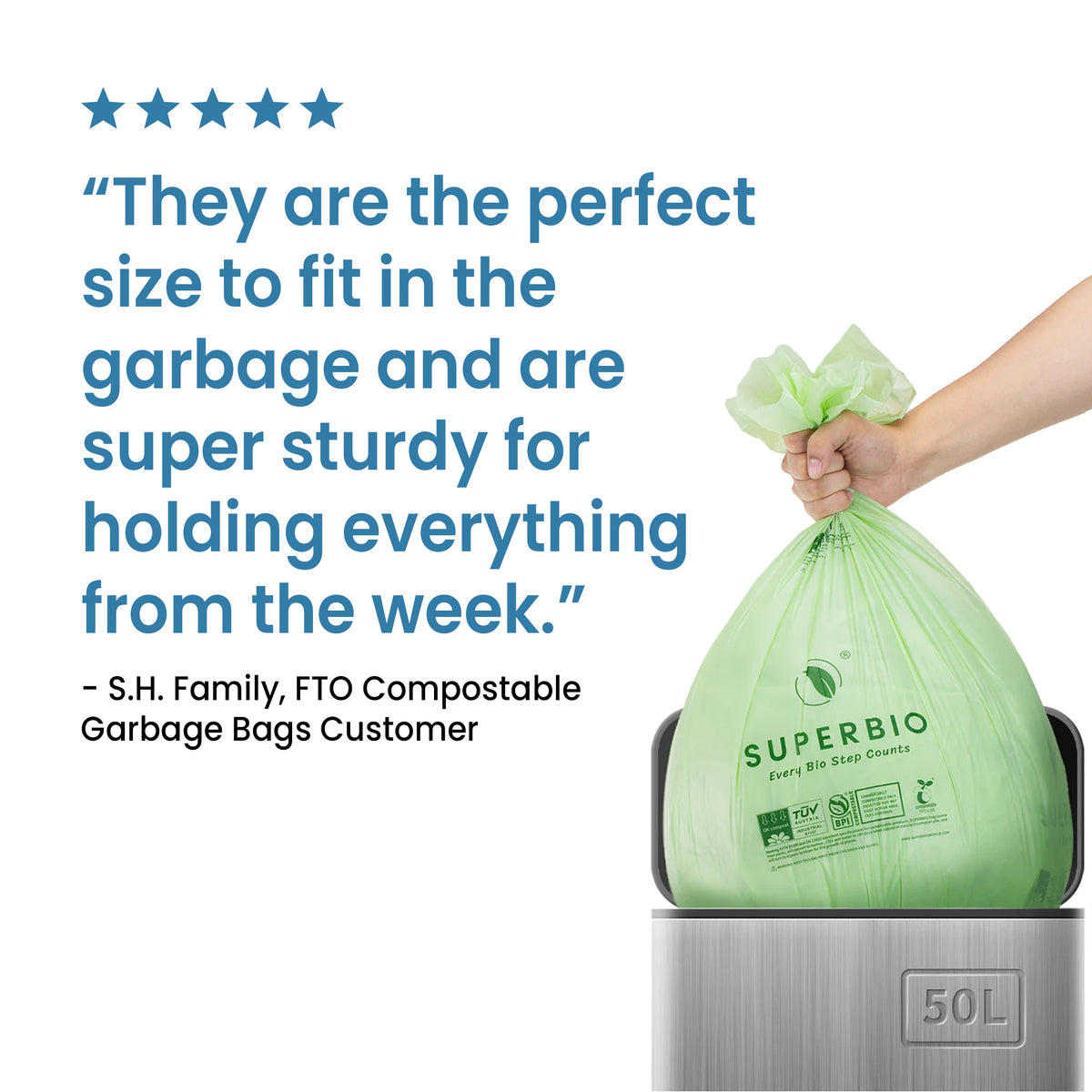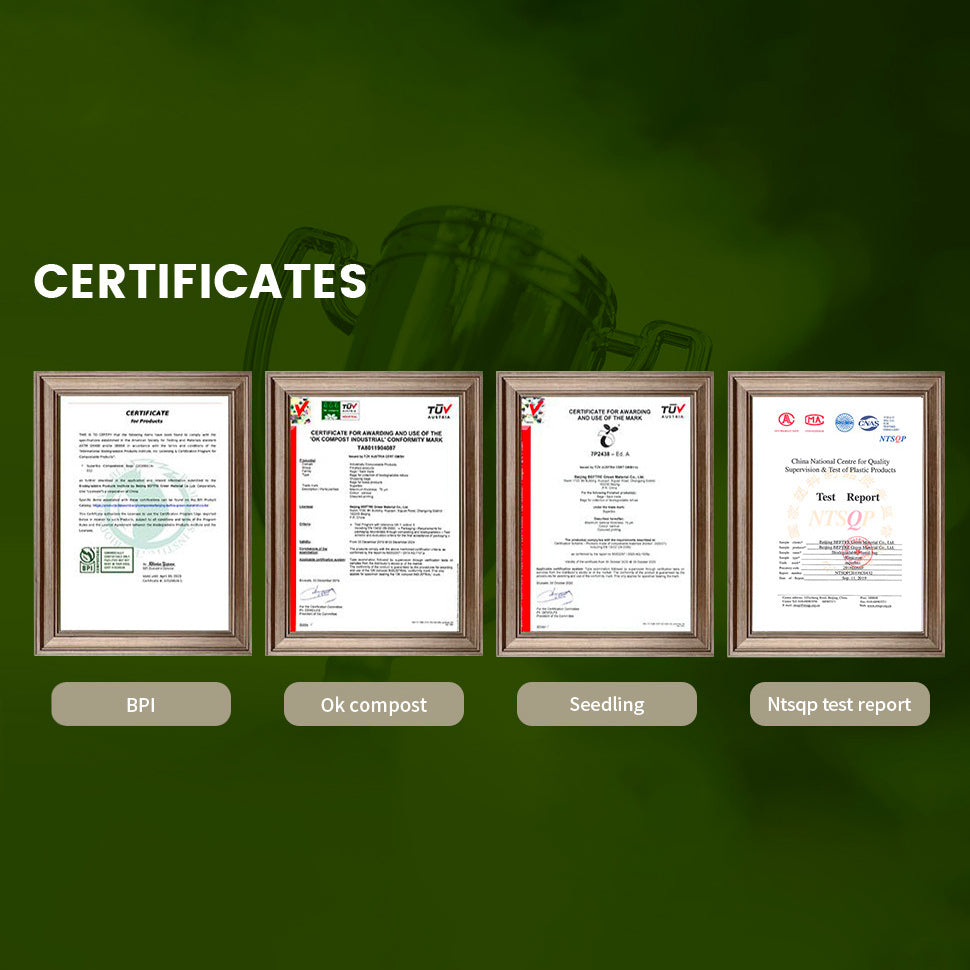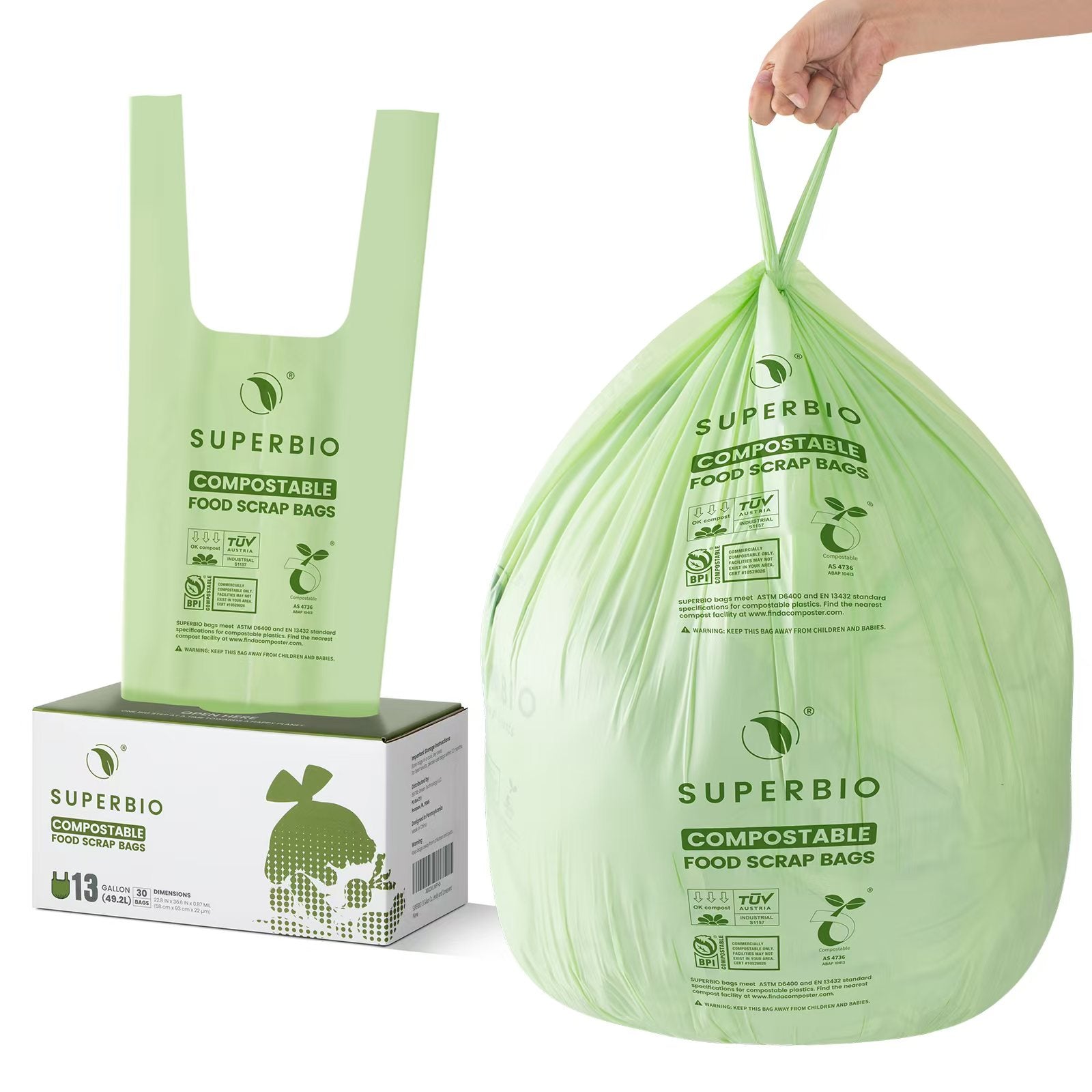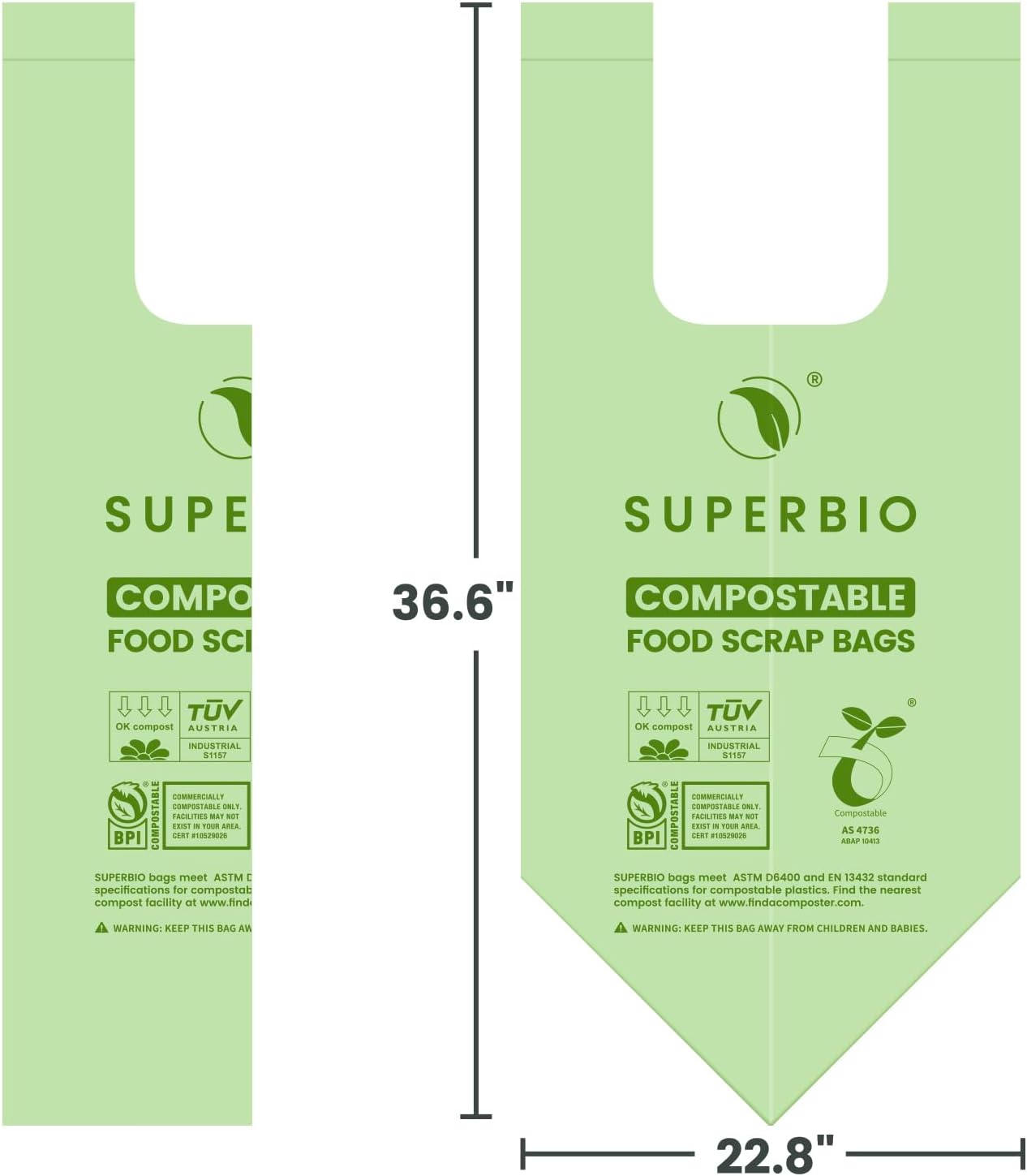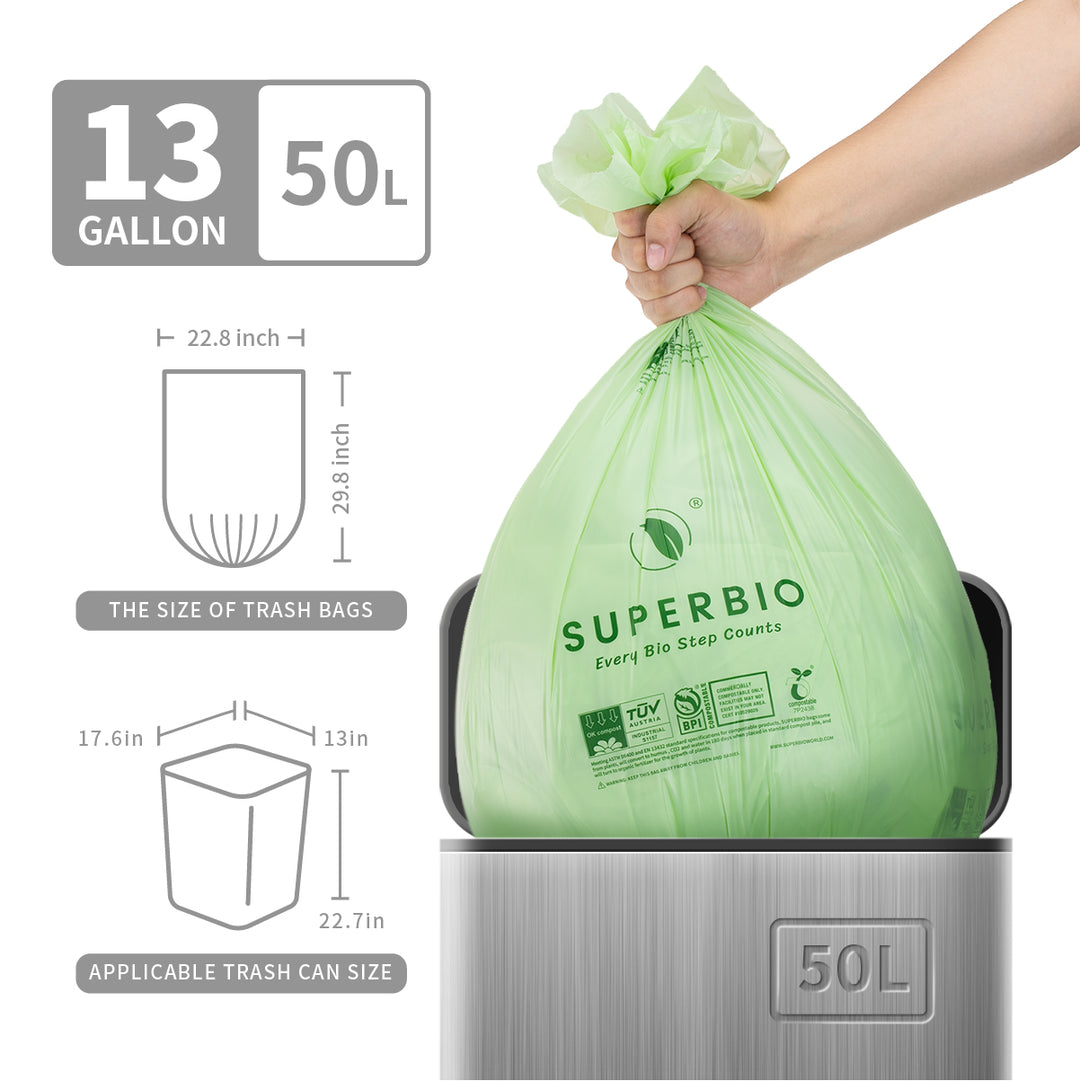These Tiny Ocean Warriors May Hold The Key To Ending Plastic Pollution Forever
In the open ocean, a quiet revolution is under way. Researchers have identified marine microbes with enzymes tuned to bite into plastic, converting a man-made nuisance into fuel for life.
A new structural “fingerprint” on the PET-digesting enzyme PETase—called the M5 motif—shows up again and again in seawater samples, a sign that plastic-eating machinery is widespread and active where trash concentrates, SciTechDaily reports.
This is not a silver bullet. But it is a powerful new lever.

Ocean bacteria have evolved enzymes that digest plastic.
A Molecular Clue Becomes a Global Map
By tracking that M5 signature across more than 400 ocean sites, scientists found functional PETase in nearly 80% of waters tested—from gyres to low-carbon deep zones—evidence that microbes are exploiting plastic as an emerging carbon source, according to SciTechDaily. The biology is pragmatic: where natural food is scarce, engineered polymers become dinner.
From Rubbish Dumps to Enzyme Design
The field’s modern spark came when Ideonella sakaiensis surfaced in a Japanese dump, using a PET-cutting enzyme to unlock the building blocks of bottles and textiles—a discovery later published in 2016 and now a magnet for enzyme engineering, as reported by The Guardian.
That work feeds industry. In France, Carbios runs a facility that uses a bacterial enzyme to depolymerize PET for true, closed-loop recycling, with larger daily throughputs on the way, The Guardian reports.

PET-eating microbes were found in 80% of global ocean samples.
Nature Is Already Working—So Aim It Wisely
Microbes have been quietly “eating” hydrocarbons for ages. Their appetite helped reduce oil after the 2010 Gulf spill and may help explain why observed ocean plastics fall short of inputs. But releasing engineered bacteria or spraying enzymes across seas would invite unintended consequences, cautions Environmental Defense Fund. The smarter path, EDF argues, is to deploy enzymes in controlled systems that boost on-land recycling while cutting single-use plastic at the source—so less reaches the water in the first place.
Beyond PET: A Growing Microbial Toolkit
PET is only part of the waste stream. Yet the catalog of plastic-attacking enzymes and microbes keeps expanding—from alpine and Arctic strains that work at low temperatures to mealworm-associated biology nibbling polystyrene—offering fresh routes for bioreactors and upcycling, according to Eurofish.
Engineered variants such as FAST-PETase accelerate PET breakdown at modest heat, while thousands of candidate enzymes in soils and seas hint at untapped potential, Eurofish notes.

Enzymes inspired by these microbes now power industrial recycling.
The Opportunity in Front of Us
Ocean microbes are not a cleanup crew we can unleash at scale. They are a discovery engine. With the ocean revealing what works in real conditions, labs and companies can translate those lessons into faster, cleaner recycling—and into fewer plastics escaping at all. Harnessed thoughtfully, this alliance between seawater microbes and human engineering can shrink the problem from both ends, researchers say.



























































































